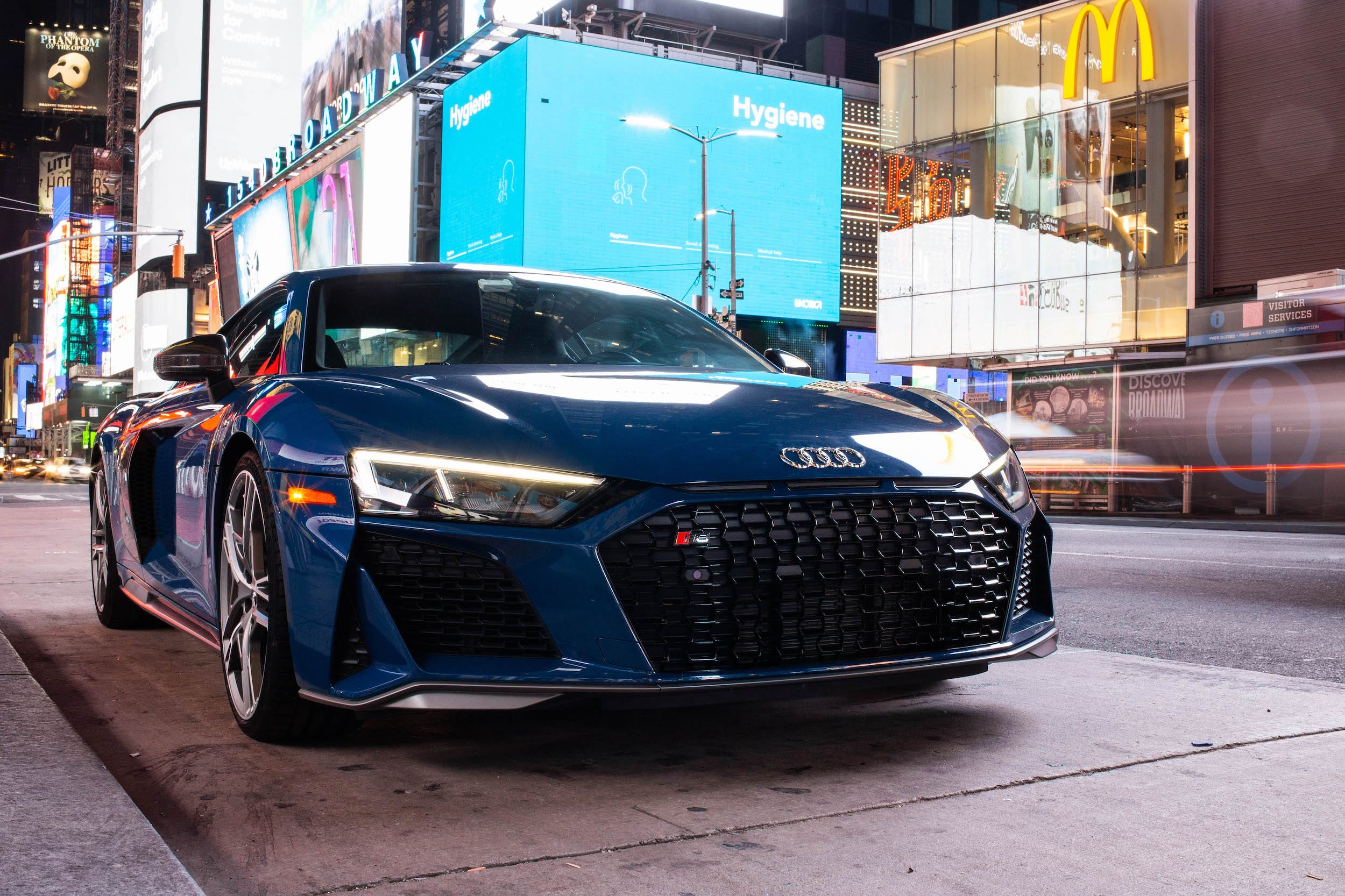
Kristen Lee
- The 2020 R8 is Audi’s halo car, with a naturally aspirated V10 positioned between its two axles.
- There are currently two versions of the R8 available: the V10 Quattro and the more powerful V10 Performance Quattro.
- My loaner was the more powerful version, starting at $195,900. Fees and extra options brought it up to $208,245.
- Visit Business Insider’s homepage for more stories.
If it feels like the Audi R8 has been around for a while, it’s because it has. Why fix what isn’t broken, right?
The 2020 Audi R8 V10 Performance Coupe Quattro is Audi’s halo car: a sleek mid-engined, two-seater coupe with all-wheel drive and a naturally aspirated V10 nestled between its axles. Compared to Mercedes-AMG, which only sports a front-engined coupe as a halo, and BMW, which has no halo at all, the Audi stands out.
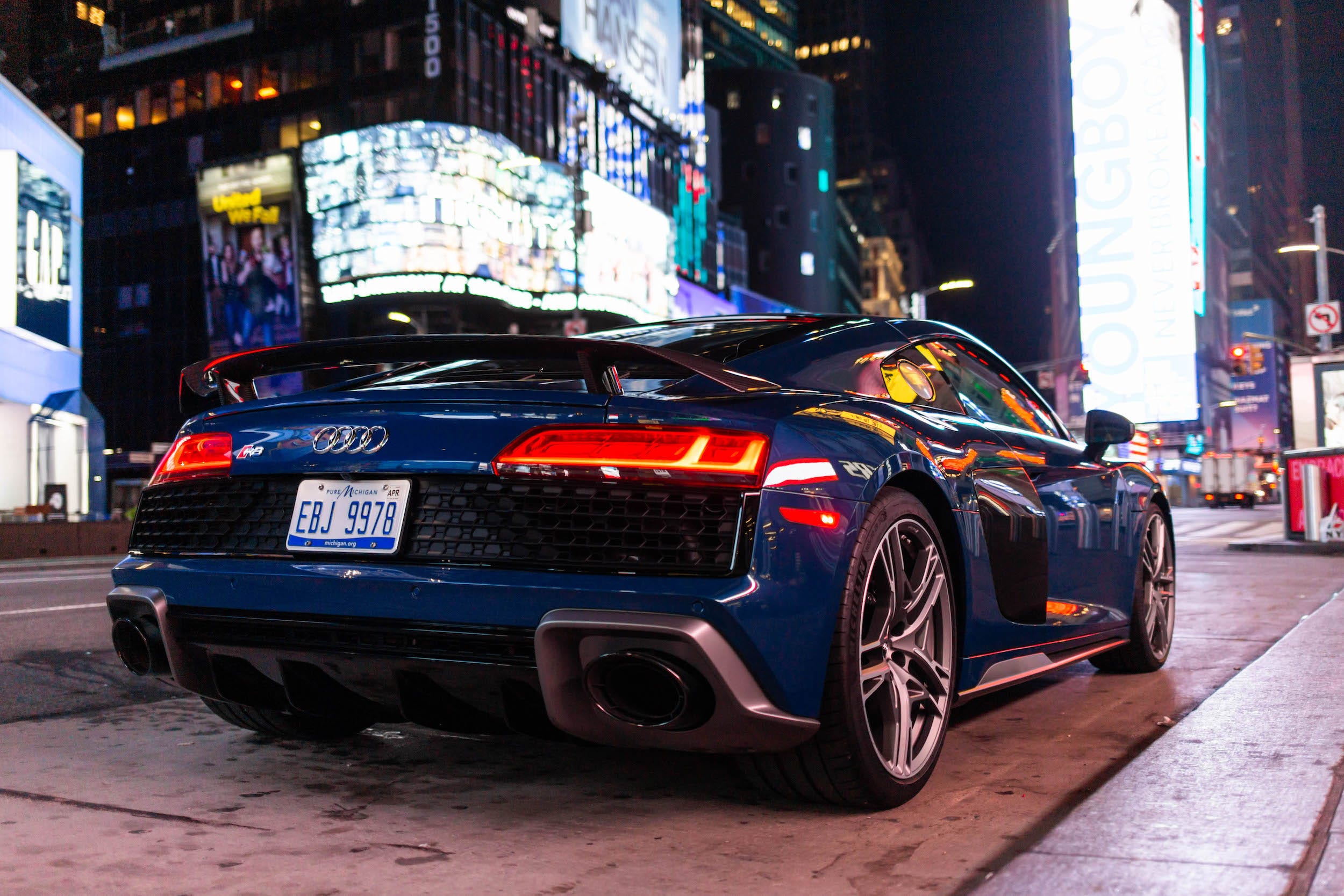
Kristen Lee
But there’s no denying the R8’s age. The first model appeared in 2006 at the Paris Motor Show and its basic principles have largely remained the same.
In the year of our Lord 2020, the R8’s power and speed are perennially good. But they come at a cost that feels steeper today than ever before.
The 2020 R8: A brief history
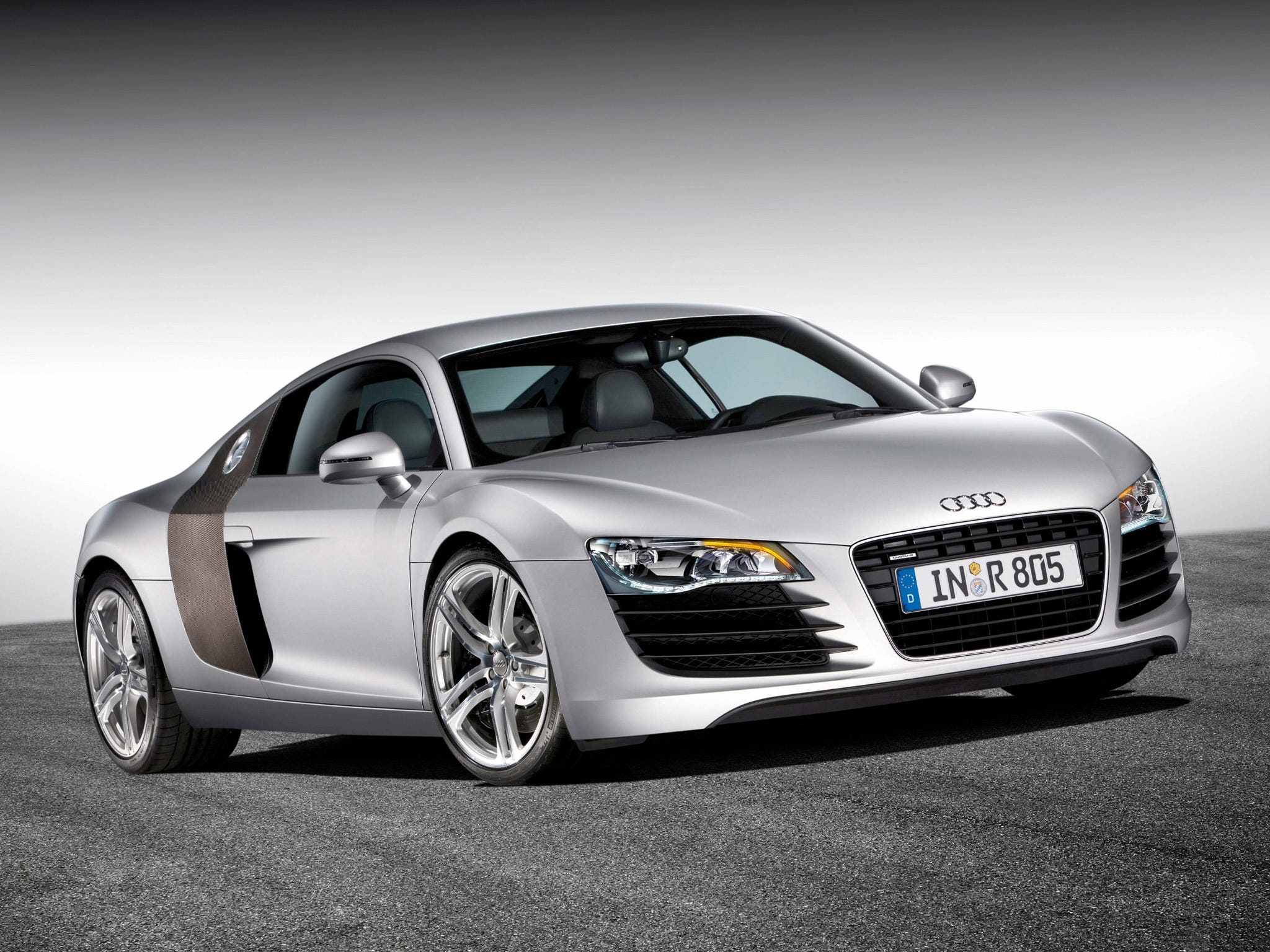
Audi
When it originally debuted, the R8 was aimed directly at the Porsche 911. The move was controversial – first of all, who goes after Porsche? And second, up until that point, Audi was busy making executive, Autobahn-cruising sedans and station wagons. What business did a company like that have dabbling in mid-ship, two-seater sports cars?
But as it turned out, the first-generation R8 - with a 4.2-liter naturally aspirated V8 - was glorious. Earlier models even offered a wondrous gated manual transmission shifter. With its rear-biased all-wheel-drive system and comfortable ride, the R8 catapulted straight up the list of practical supercars good for everyday use.
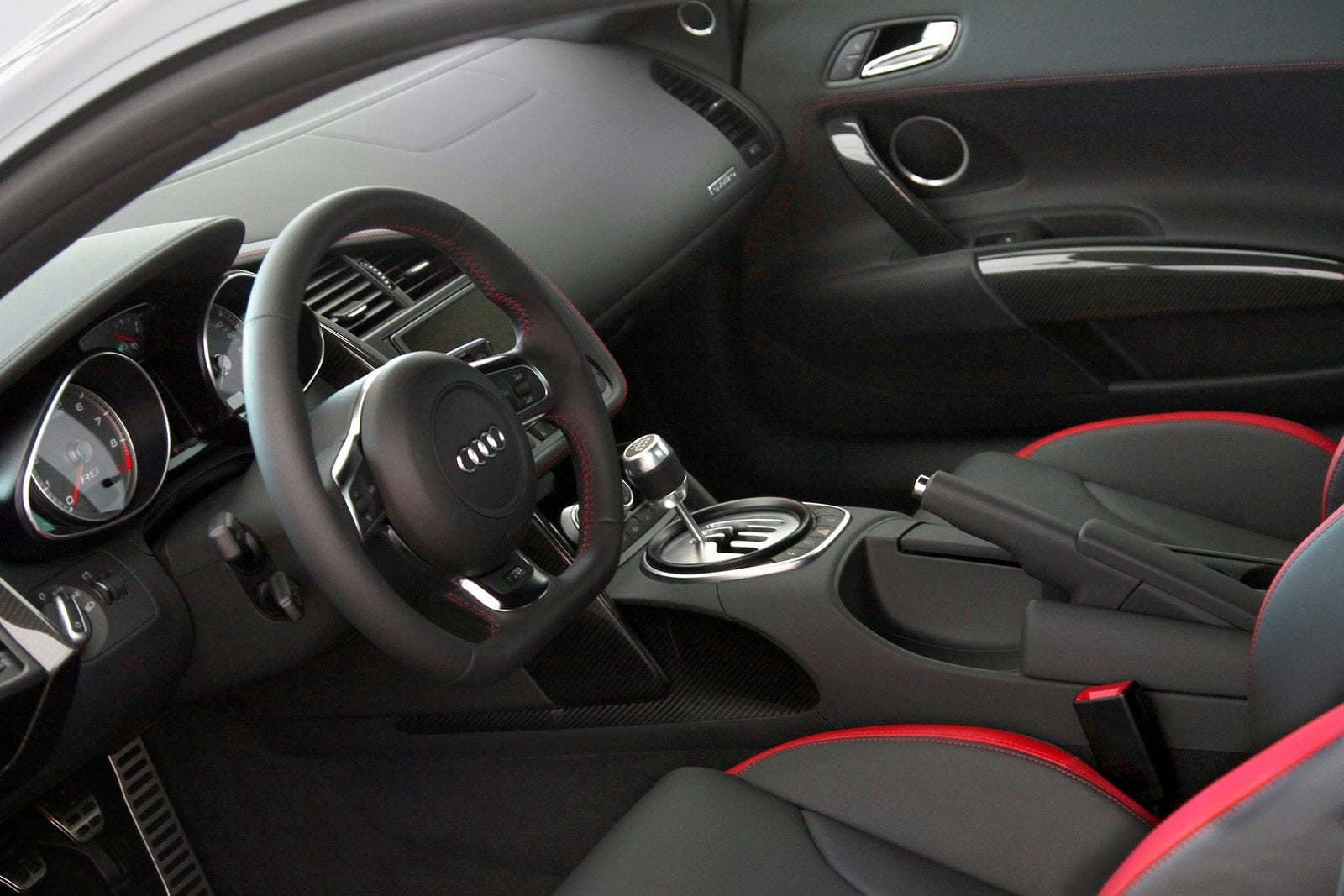
Audi
The R8's clout further increased when videos popped up on YouTube of owners taking their R8s out in snowstorms that would have all but stranded a Ferrari. Fitted with proper winter tires, R8s were shown tanking around in weather only snowplows would dare venture out in.
A 5.2-liter V10 engine, sourced from the Lamborghini LP560-4, was added to the lineup later on in 2009. It has since stuck around.
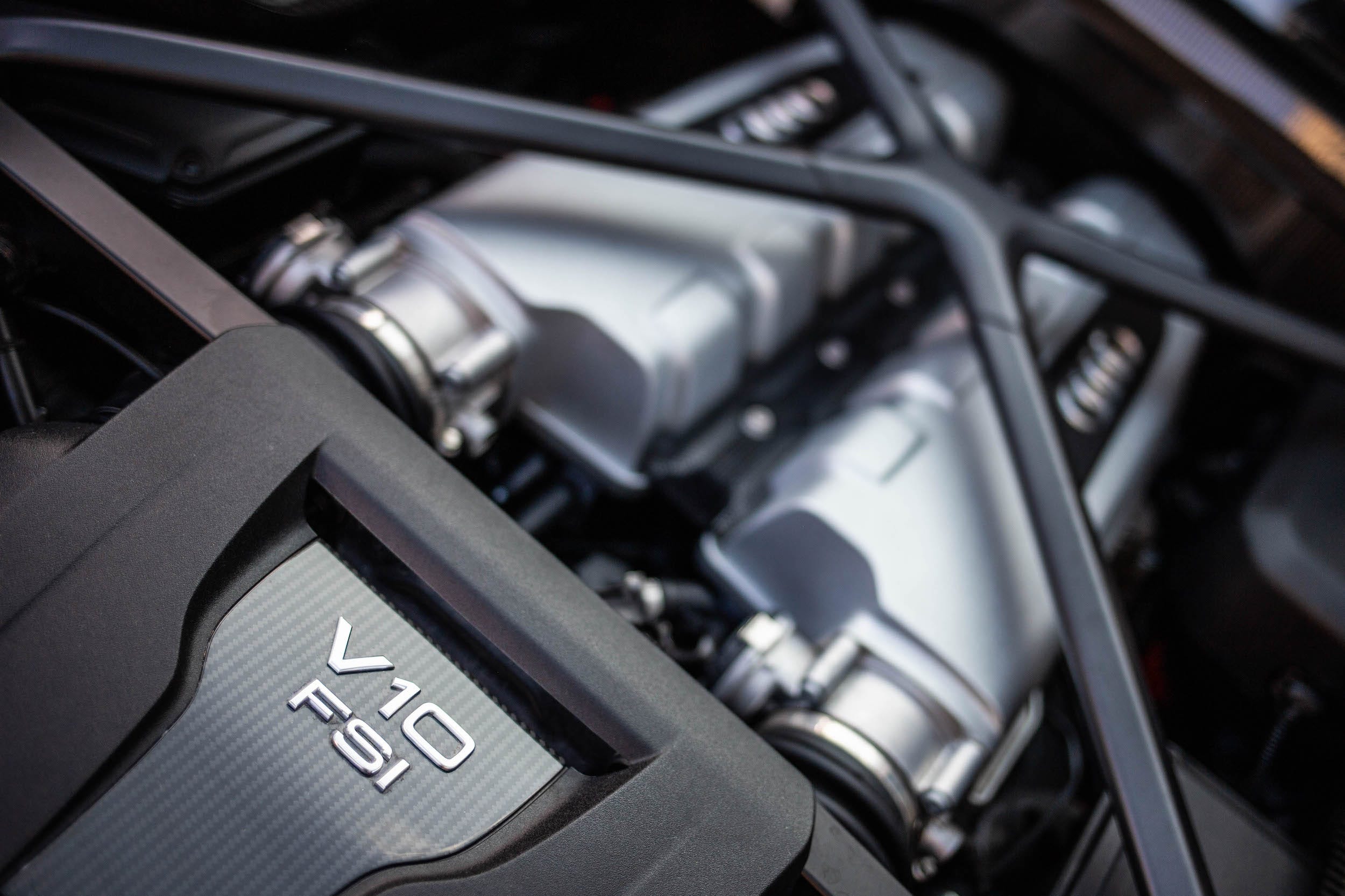
Kristen Lee
In 2015, Audi launched the R8's current and second generation, which uses a lot of the same hardware as the Lamborghini Huracán. A 2019 facelift raised the base model's horsepower slightly and renamed the range-topping model the "R8 V10 Performance Coupe Quattro," which is where we find ourselves.
Today, you cannot buy a new V8-powered R8. You cannot buy a new R8 with a manual transmission. Today's R8 comes exclusively with 10 cylinders and an automatic.
Details and safety ratings: More than 100 horsepower per liter
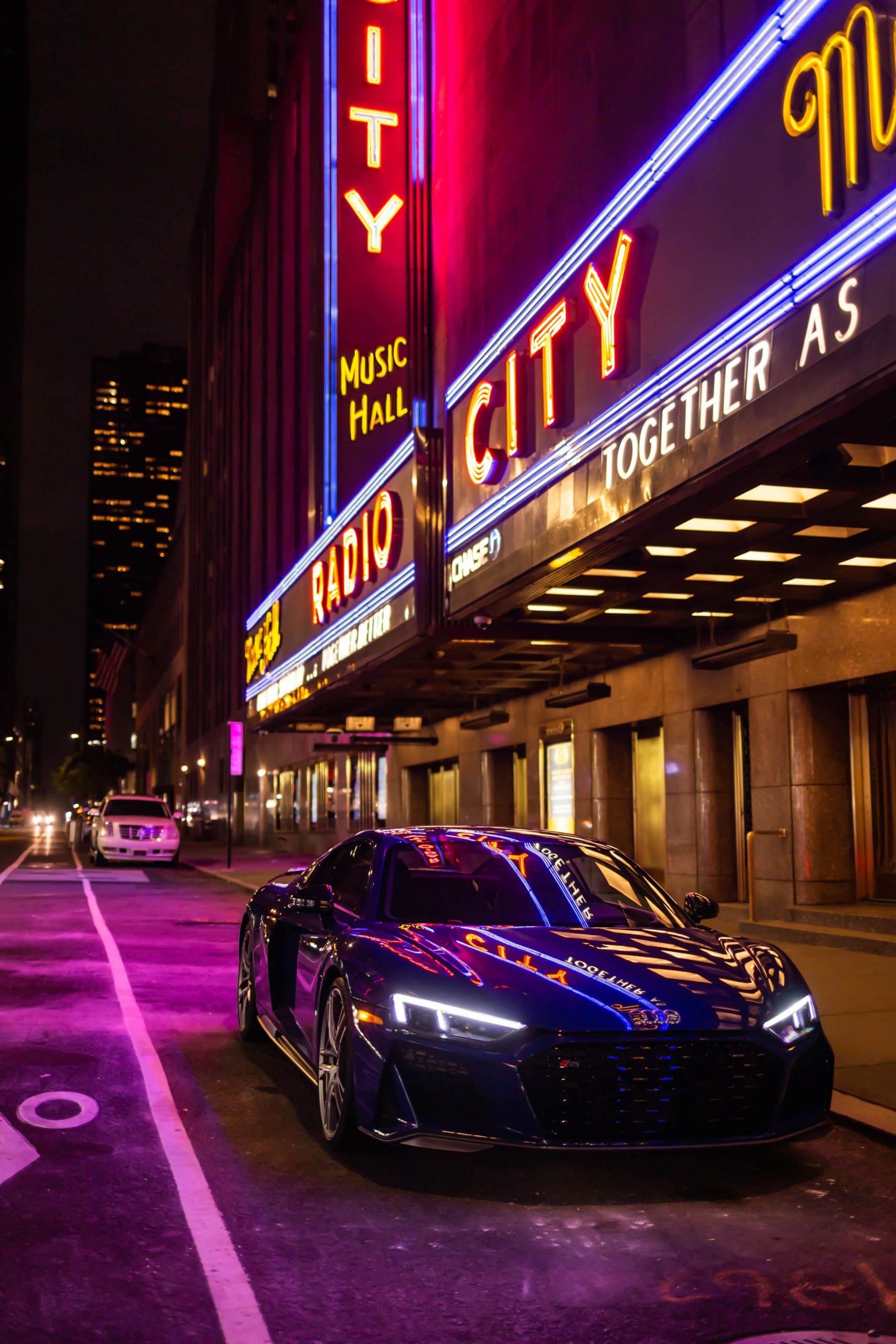
Kristen Lee
Wide and low-slung, the 2020 R8 is blessed with classical supercar proportions and good looks. It's powered by a 5.2-liter, naturally aspirated V10 engine - meaning that it has no supercharger or turbochargers to help it make additional power. The R8 and the Huracán that it shares its engine with are the only two V10-powered cars you can buy new today.
In Performance Coupe Quattro tune, that engine makes a claimed 602 horsepower and 413 pound-feet of torque. The power's sent to all four wheels via a seven-speed dual-clutch automatic transmission. Audi estimates a 0-to-60 mph sprint to happen in just 3.2 seconds and a top speed of 205 mph.
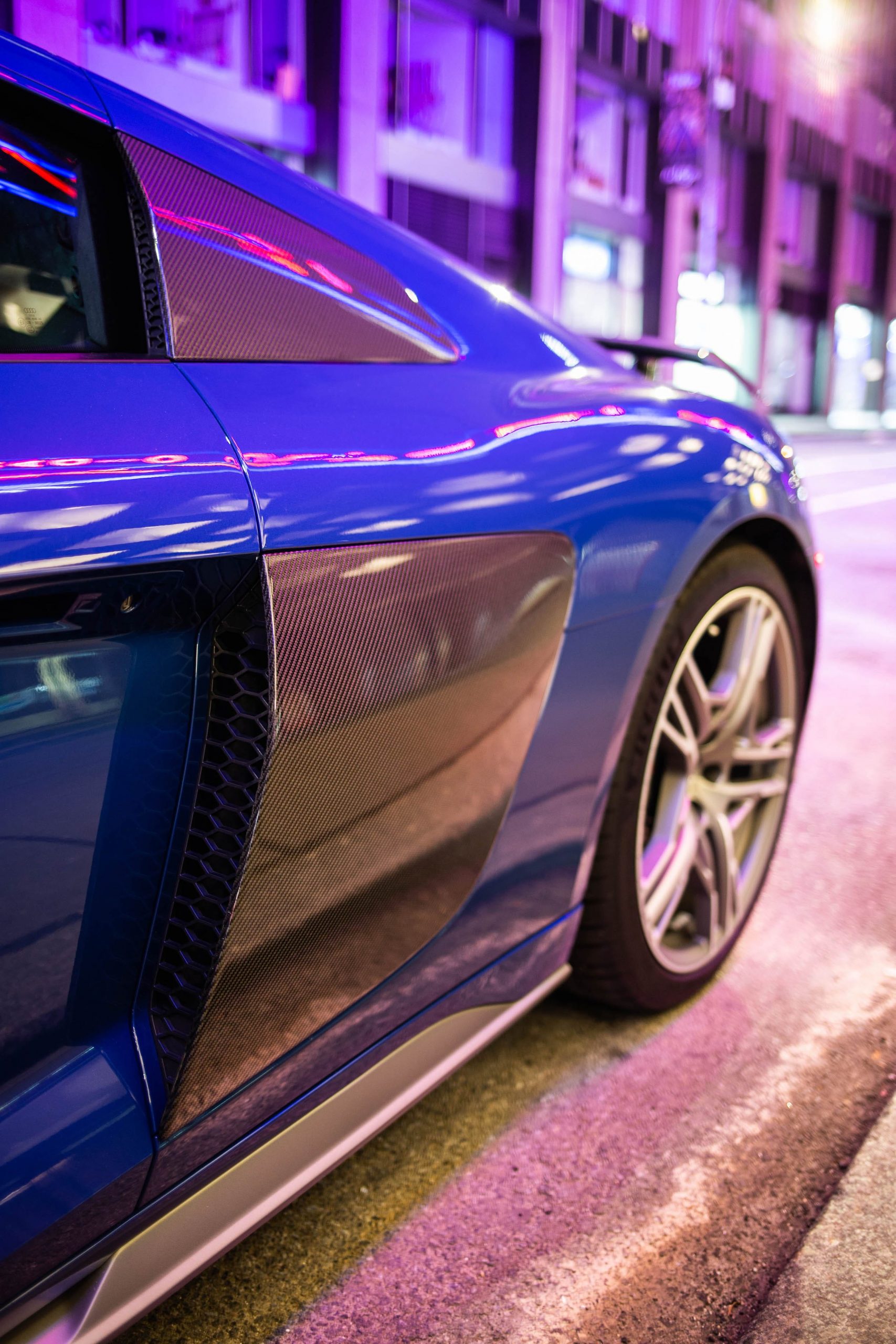
Kristen Lee
Other standard equipment includes sport suspension, 20-inch wheels, ceramic brake discs, and carbon fiber trim on the engine compartment, mirrors, door sills, rear spoiler, and the iconic sideblades.
The car's curb weight comes to 3,638 pounds.
The EPA estimates the R8 to return 13 mpg in the city, 20 mpg on the highway, and 16 mpg combined. It gave the car a score of two out of 10 on its fuel economy and tailpipe greenhouse gas rating. On the agency's tailpipe smog rating, the R8 scored a one out of 10.
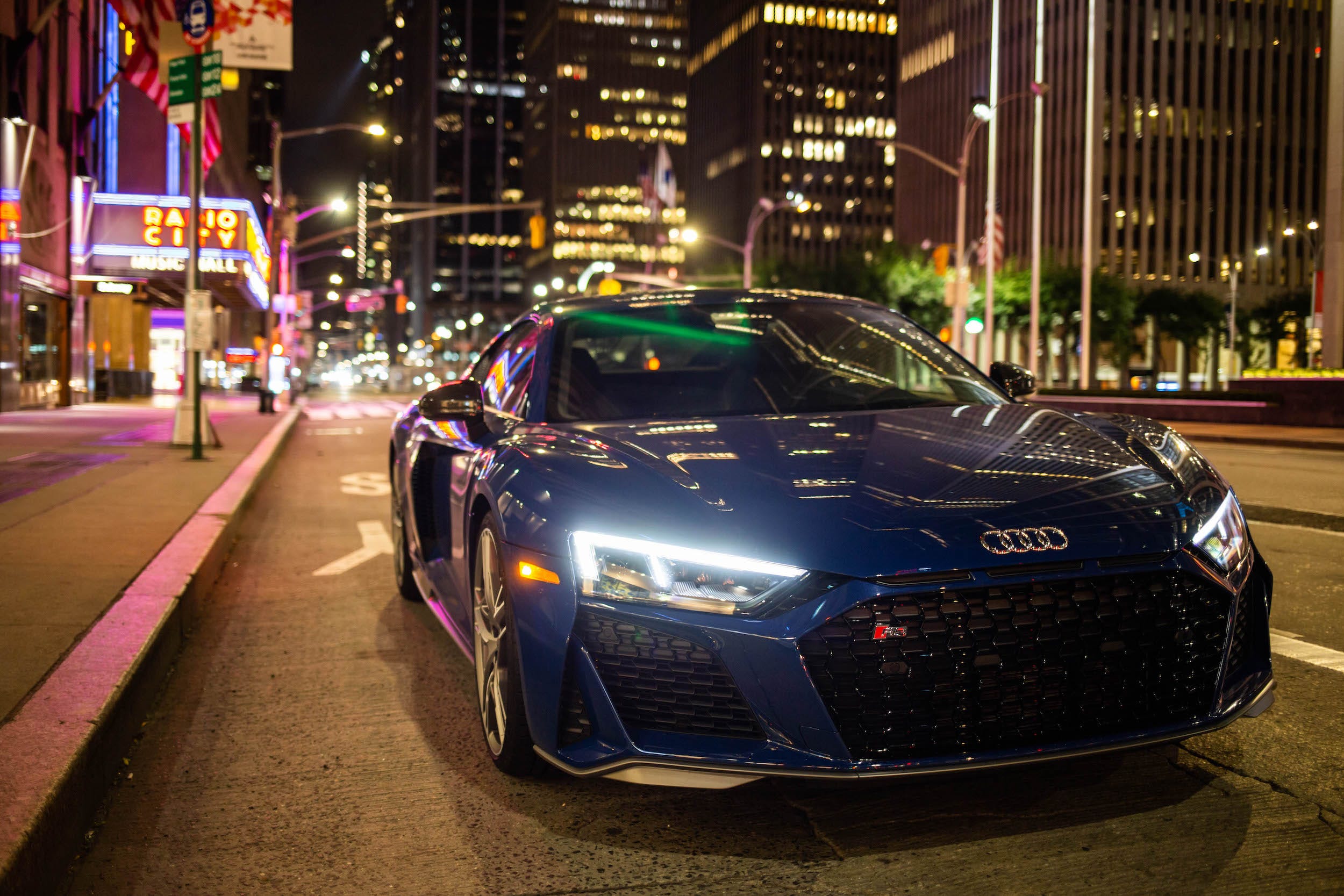
Kristen Lee
As it is the case with most other supercars, the Audi R8 has not been rated for crashworthiness by the National Highway Traffic Safety Administration or the Insurance Institute for Highway Safety.
What stands out: Instant gratification
If driving was a theater production, then being behind the wheel of the R8 V10 Performance is like sitting in the front row of a thunderous drama.
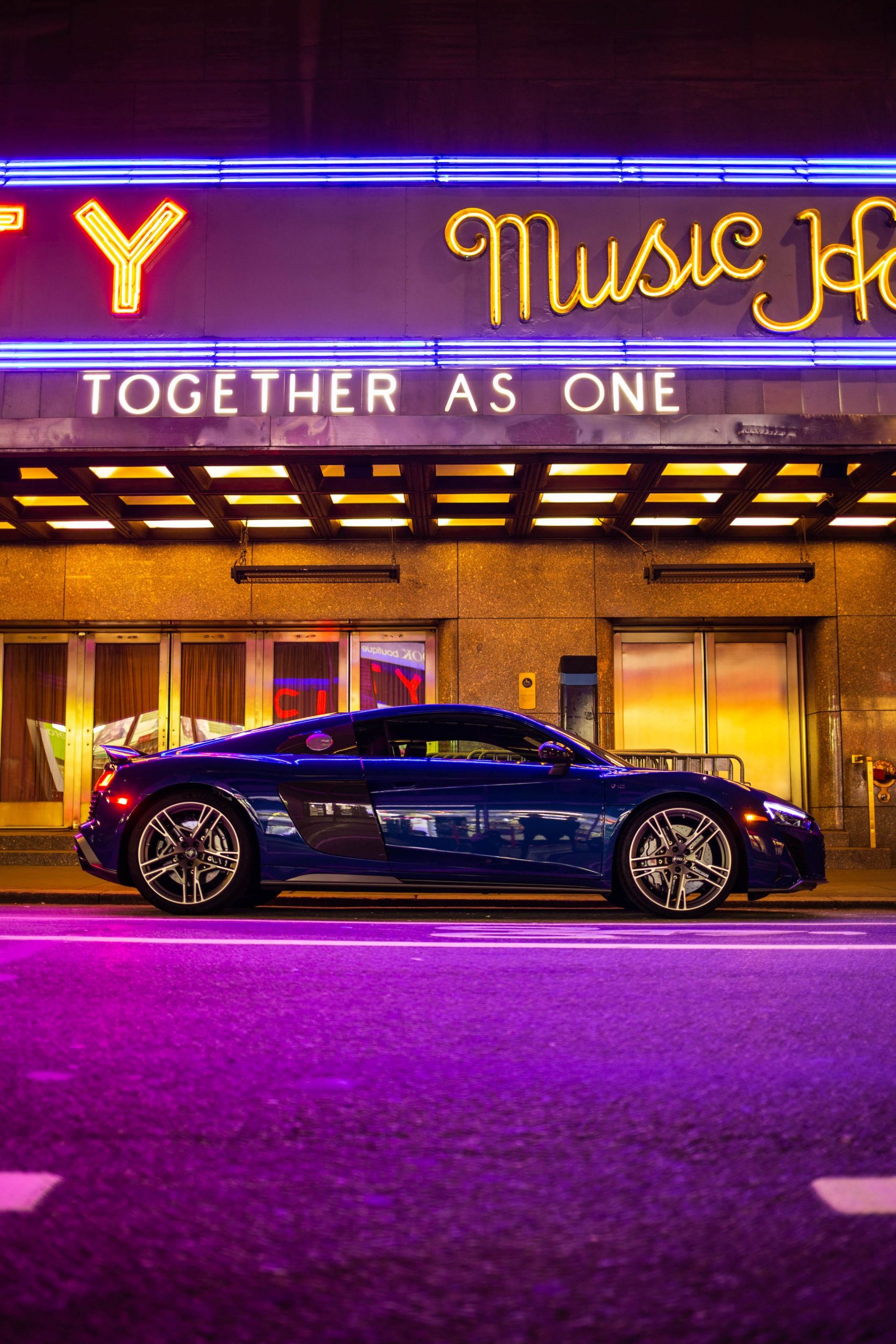
Kristen Lee
Everything - from the howl of the V10, the ferocious power, to the tight and precise steering - is an assault on the senses. Though the R8's stats are similar to those of the McLaren GT's, the Audi just feels so much faster and more exciting. More alive. More eager. Far more dramatic.
The power delivery also feels far more immediate and direct: You lean on the accelerator, the dual-clutch snaps down a couple of gears faster than you can think, and you rocket forward without having to wait for the turbochargers to spool up. In terms of instant gratification, big-displacement and naturally aspirated engines just can't be beat.
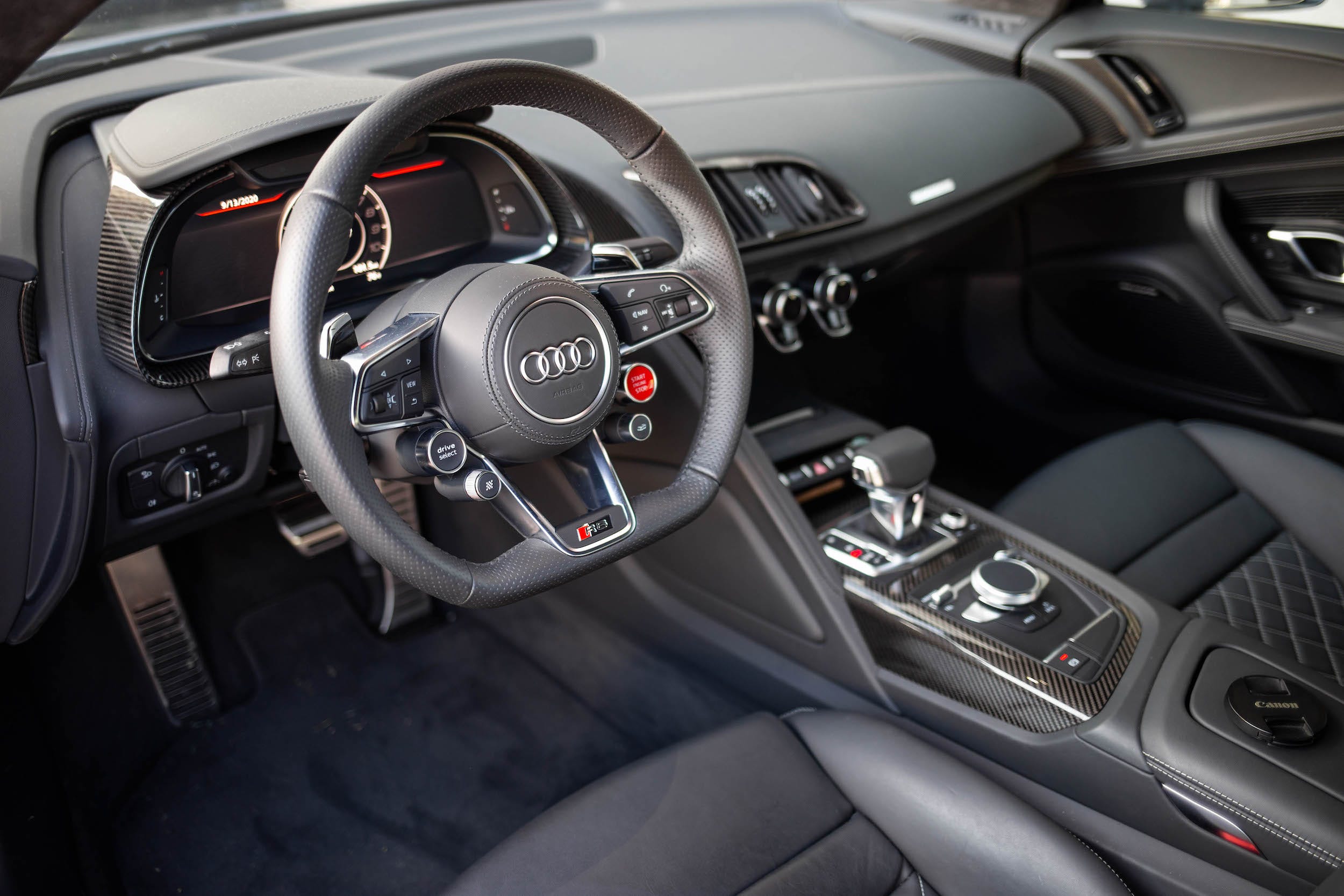
Kristen Lee
And the R8's 8,700-rpm shrieker of a redline lets that V10 sing across all octaves. Perhaps this is also why the R8 feels so fast: It is so effing loud. On start up, it lets loose with sharp bark that startles passersby. Its trebly idle is expectant, a raspy purr of something tightly coiled and ready to pounce.
But get into the R8 and you'll immediately notice how airy the cabin is. There's no massive screen taking up the center console and blocking your forward visibility. Instead, the car's functions are controlled via the 12.3-inch driver instrument display. Your passenger cannot access screen inputs, but they also aren't isolated from you like they are in the C8 Corvette. Overall, the R8's cabin conveys room to breathe.
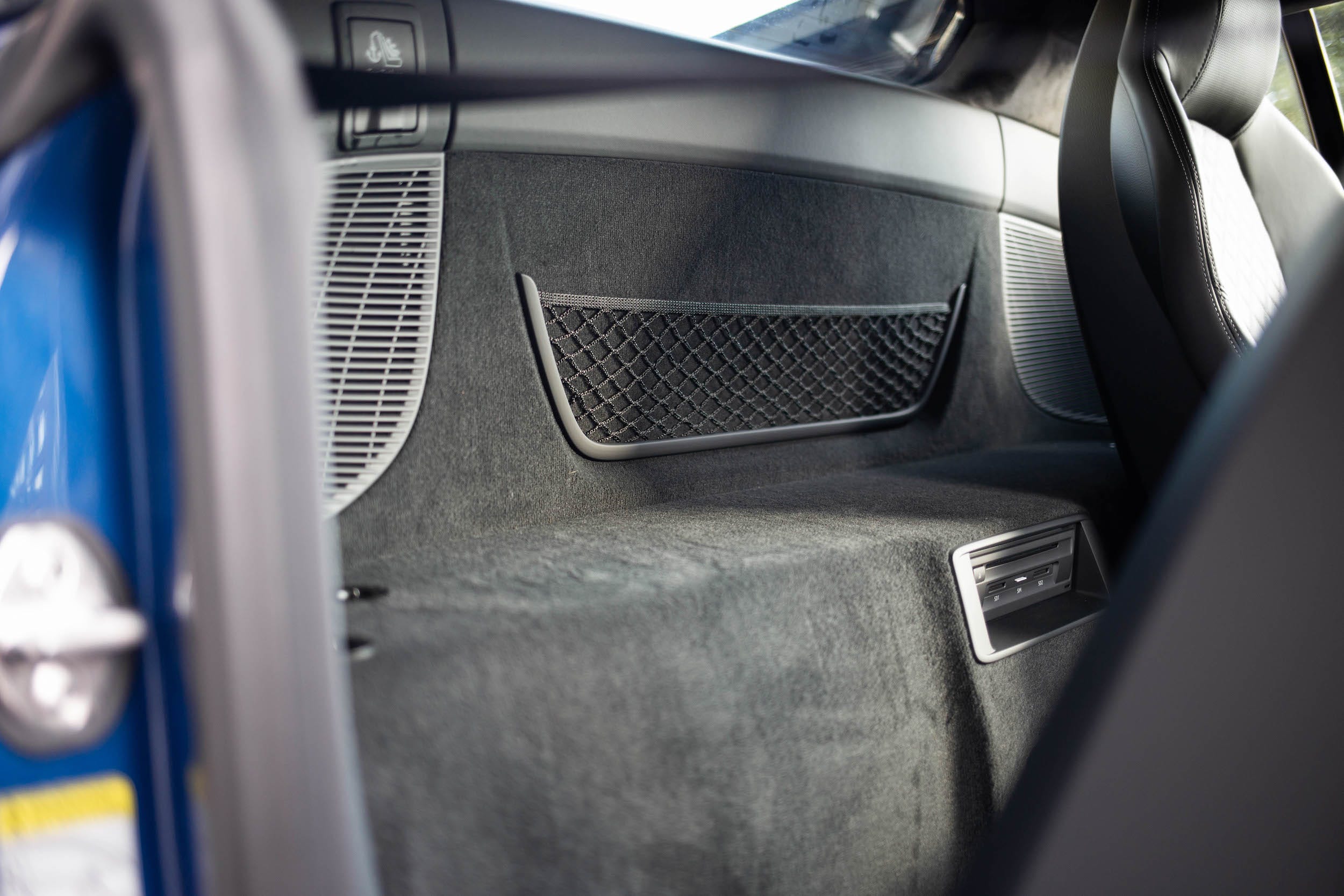
Kristen Lee
There's even a handy little parcel shelf behind the seats, but be mindful of loose items you put there. As soon as you hit the brakes hard, your stuff could go flying.
What falls short: Climate guilt
As fast and clever as the R8's dual-clutch auto is for brisk driving, it doesn't love regular commuting quite as much. Slow deceleration for stop signs and red lights is met with hiccuping downshifts.
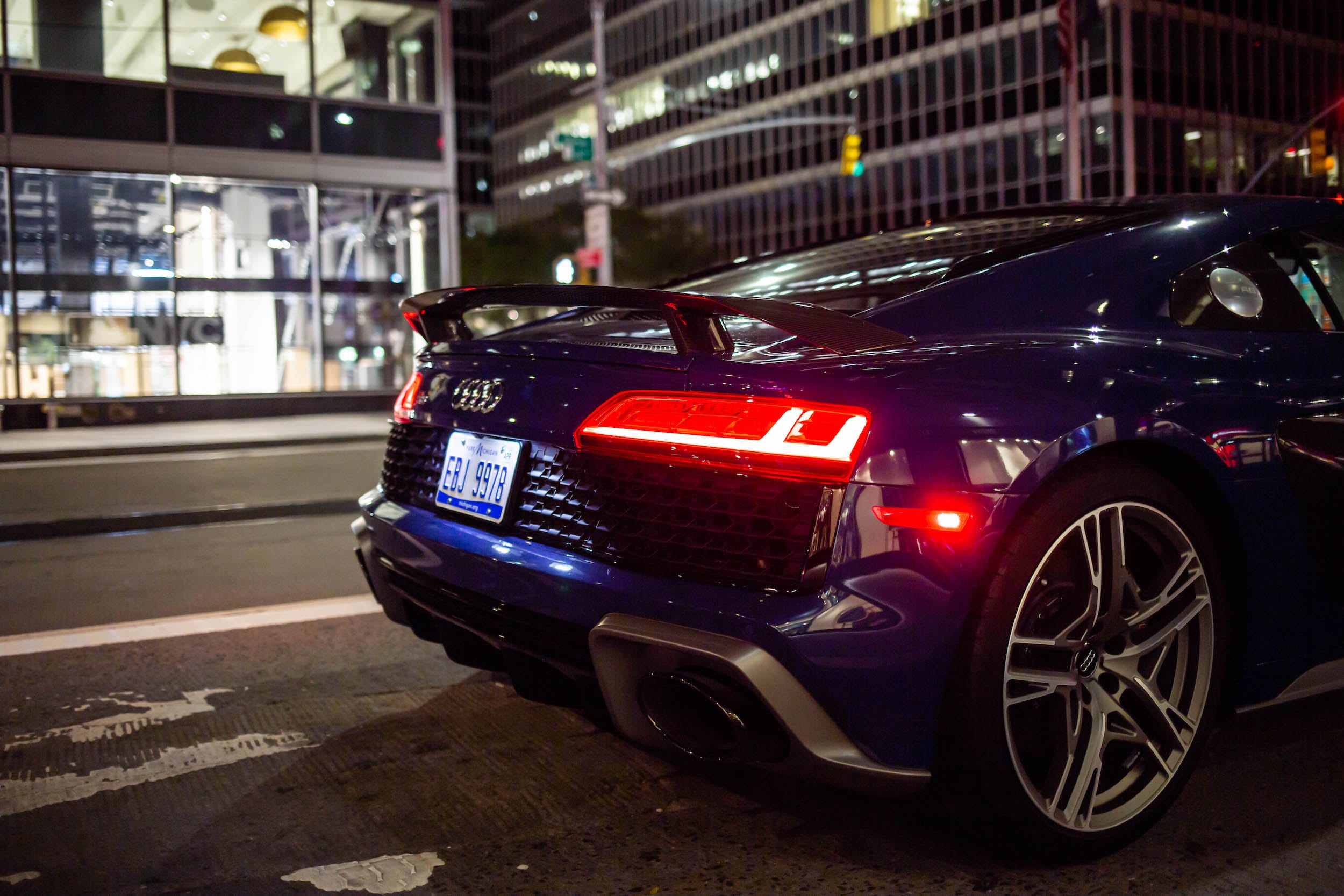
Kristen Lee
And the sport-tuned suspension, which revels in providing a flat, lean-free ride in fast corners, doesn't offer a softer setting for when you don't want your teeth rattling inside your head every time you hit a bump. The ride quality feels deliberately tuned to be on the harder side - because apparently this is what articulates "sportiness" - but these old bones (I'm 28) wished for something more forgiving.
And I couldn't look away from two glaring aspects of the R8: its fuel economy and tailpipe emissions. Getting 13 mpg in the city in 2020 is not good. Getting a rating of one on the EPA's tailpipe smog rating is worse! I couldn't shake the dreadful feeling that every time I accelerated in the R8, a litter of otter pups suffocated to death.
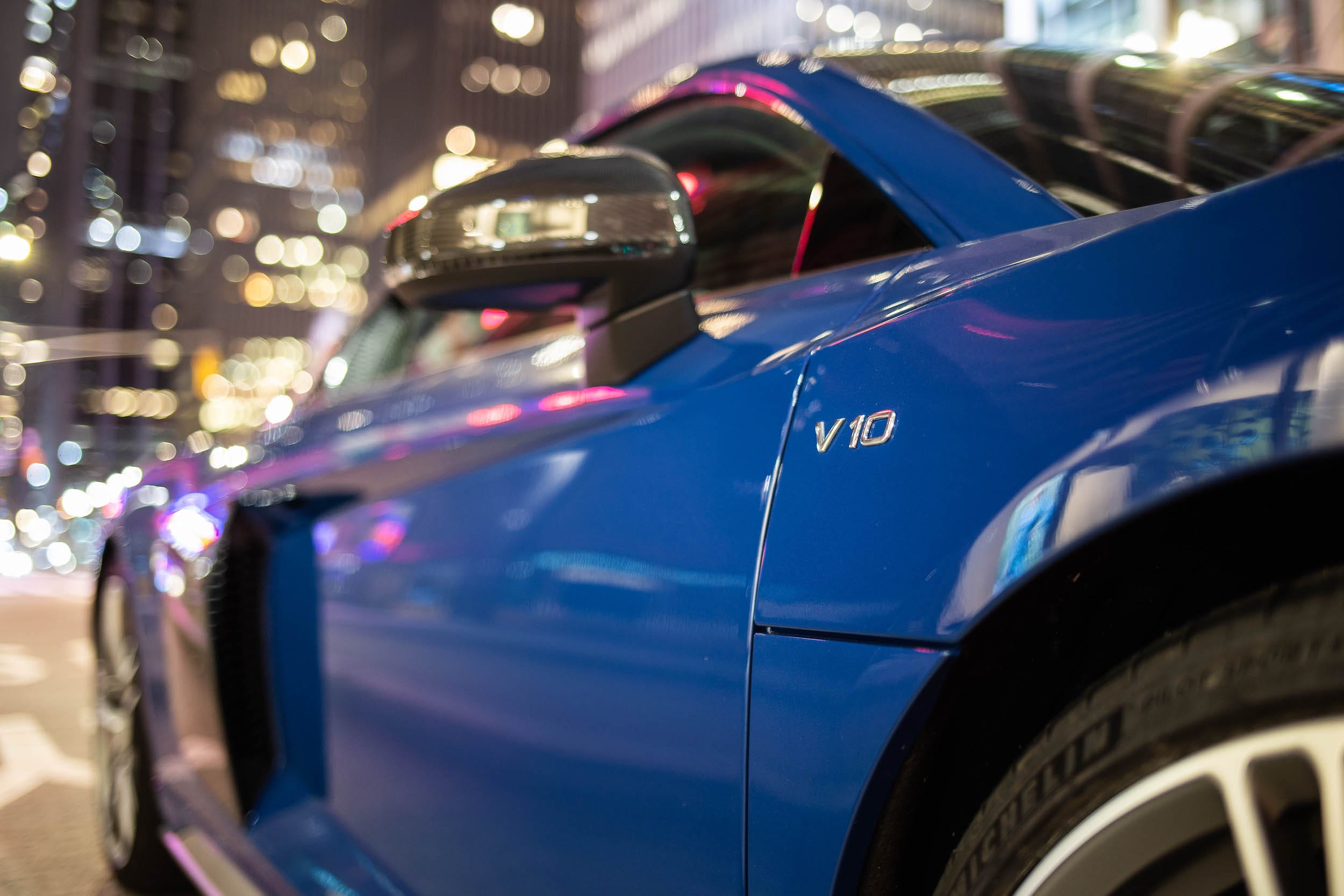
Kristen Lee
This posed a huge problem for me, because even though V10s are my favorite engine configurations of all time, I've come to the realization that my climate guilt is now too strong for me to enjoy these things as much as I used to.
Against competitors? Ten (10) reasons to stick with the Audi
I love the R8's retro, screenless interior, but buyers might not look at it as favorably when compared against the R8's other, more modern competitors.
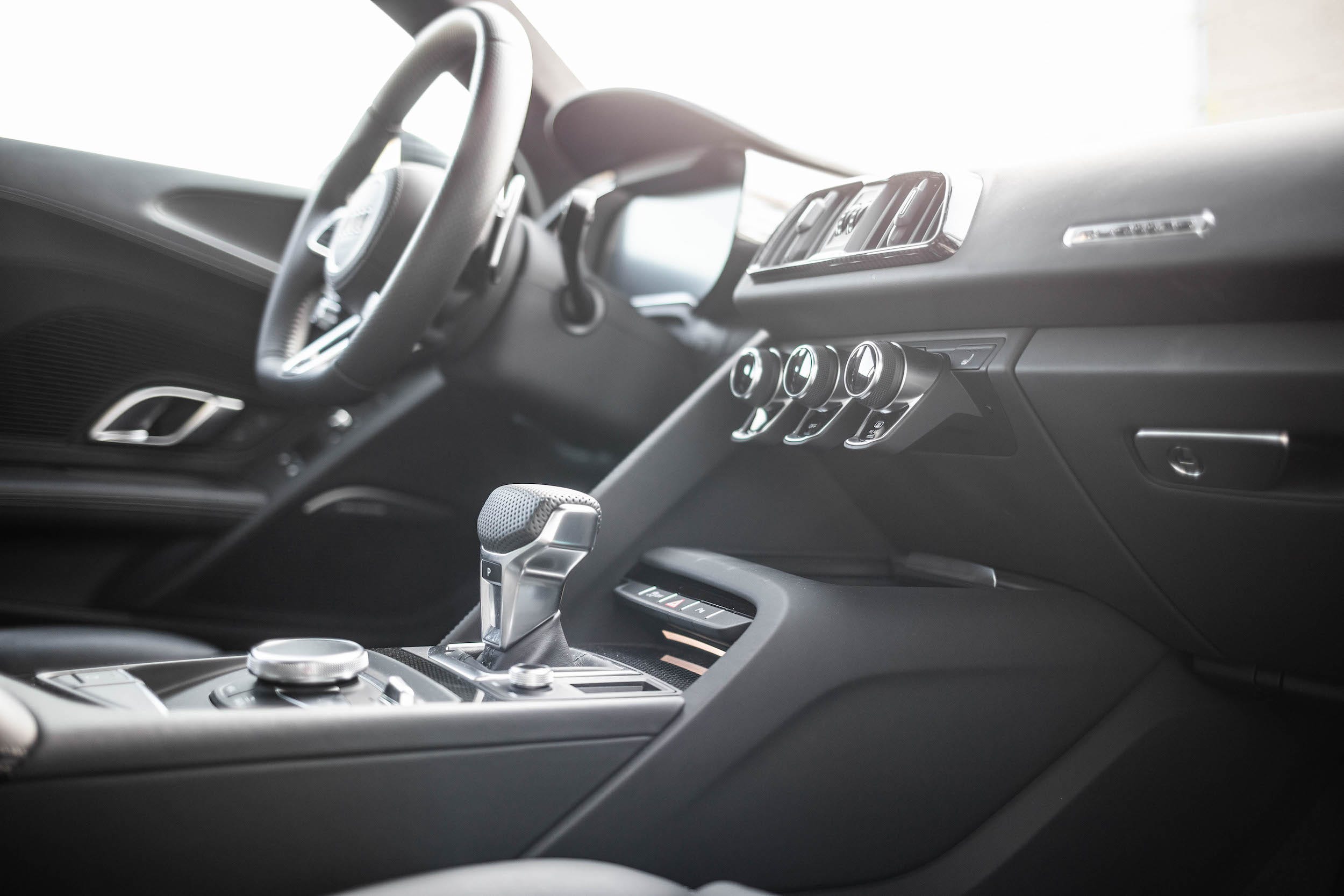
Kristen Lee
You can count the Acura NSX, Aston Martin DB11, Mercedes-AMG GT R Coupe, Porsche 911 Turbo S, and McLaren GT among the R8 Performance's competition. With a starting price of $195,900 and comparable stats, the Audi is positioned right in the thick of them all.
After options such as the Ascari Blue metallic exterior paint ($595), sport seat package with diamond stitching ($5,000), Bang and Olufsen sound system ($1,900), dynamic steering ($1,400), and the gas guzzler tax ($1,700), my loaner came out to a grand total of $208,245 MSRP.
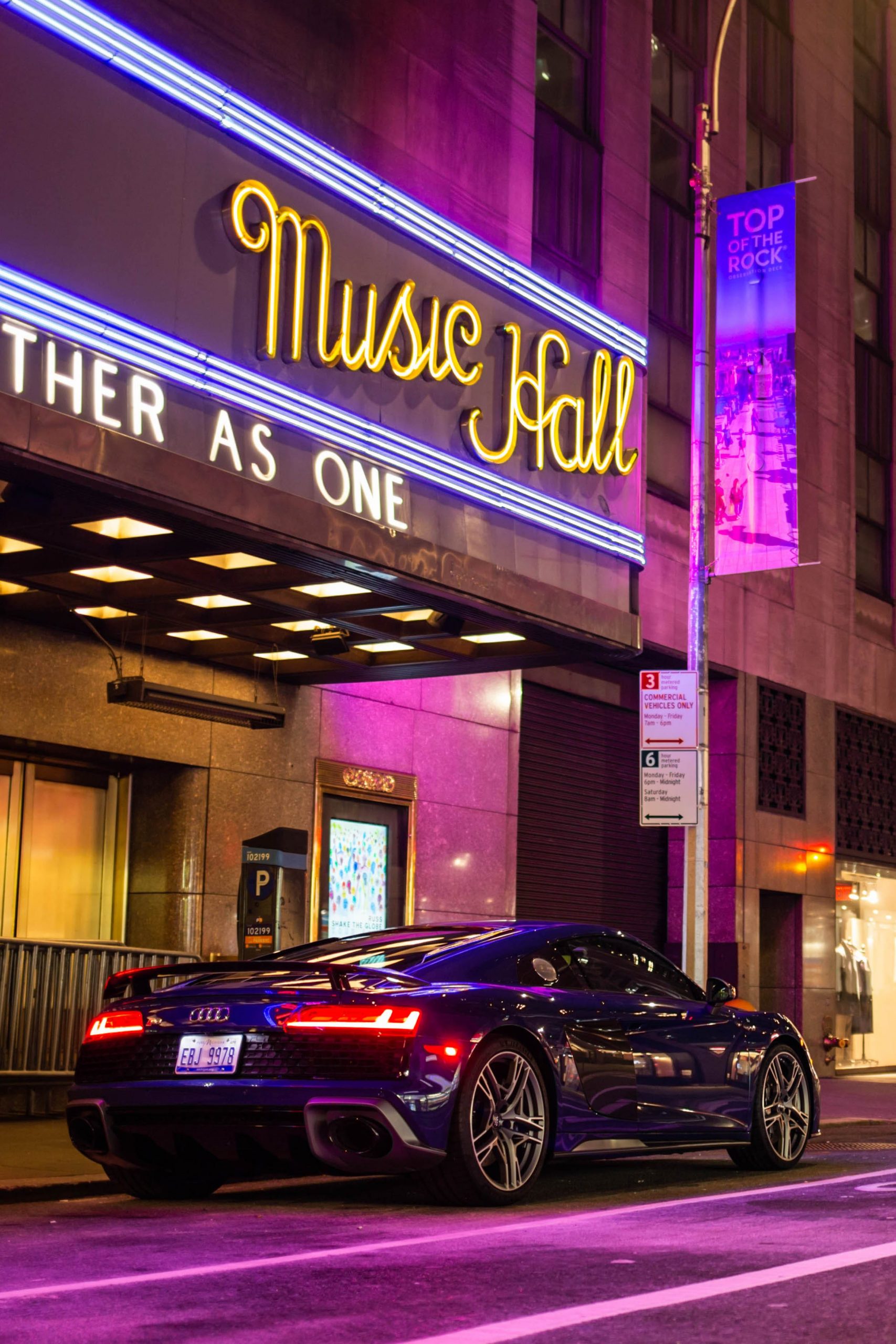
Kristen Lee
The R8 is the only one with the naturally aspirated V10, though.
Our impressions: Old guard
It is clear that the V10 Performance Coupe Quattro is the top-tier R8. More expensive, faster, more powerful, and lighter than the regular (lol) V10 Coupe Quattro, it's like someone took the base model and poked it with a barbed stick.
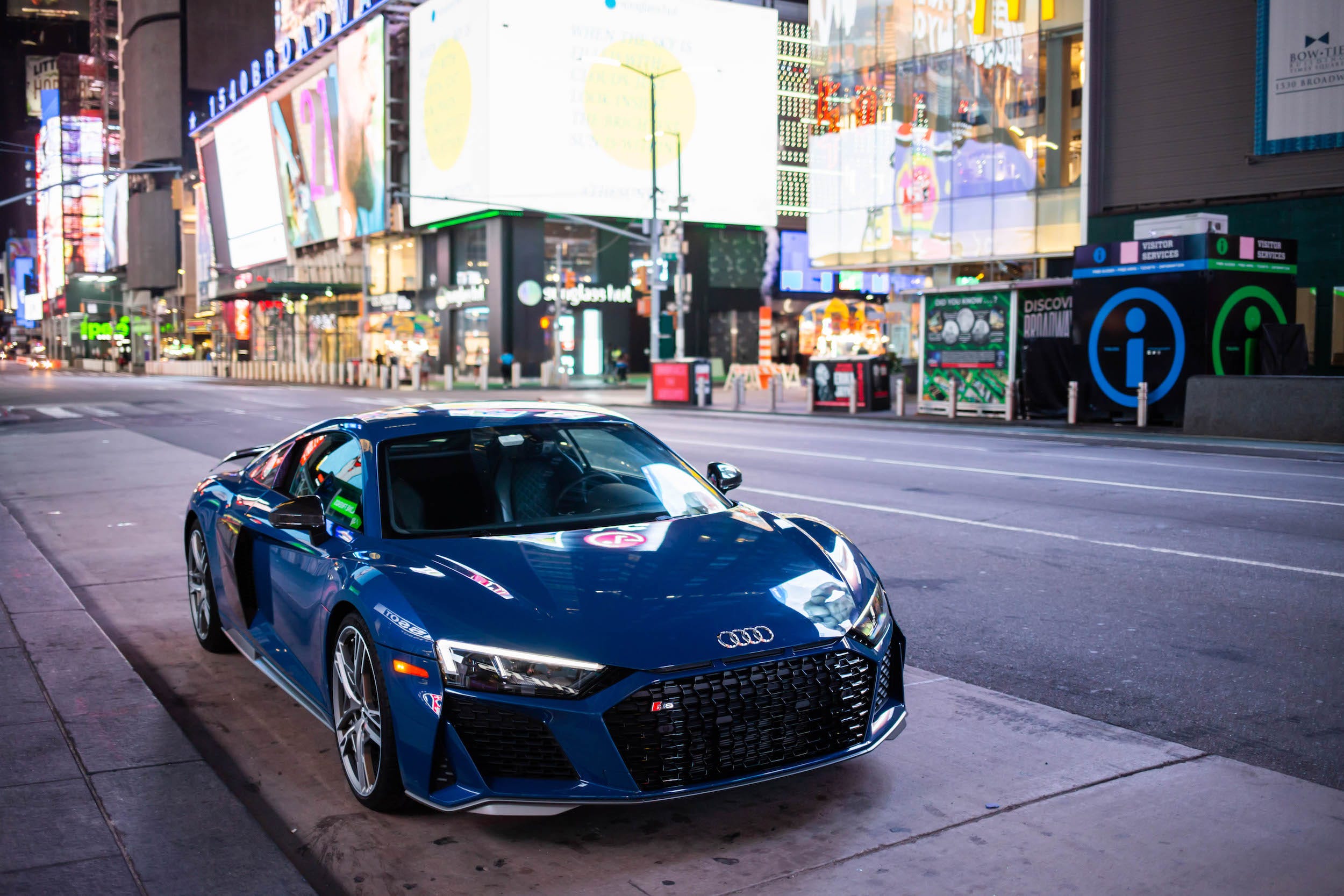
Kristen Lee
I'm not altogether convinced the Performance version is the one you want to live with, though. It's the one to take to the track, for sure, but its non-adjustable suspension, sensitive brakes, and sheer power make it difficult to justify in normal, day-to-day settings.
Merely driving around my neighborhood and taking it on the highway a few times felt like doing the car a disservice. The Performance R8 has far too much, too good go-fast hardware to waste on the streets of suburbia.
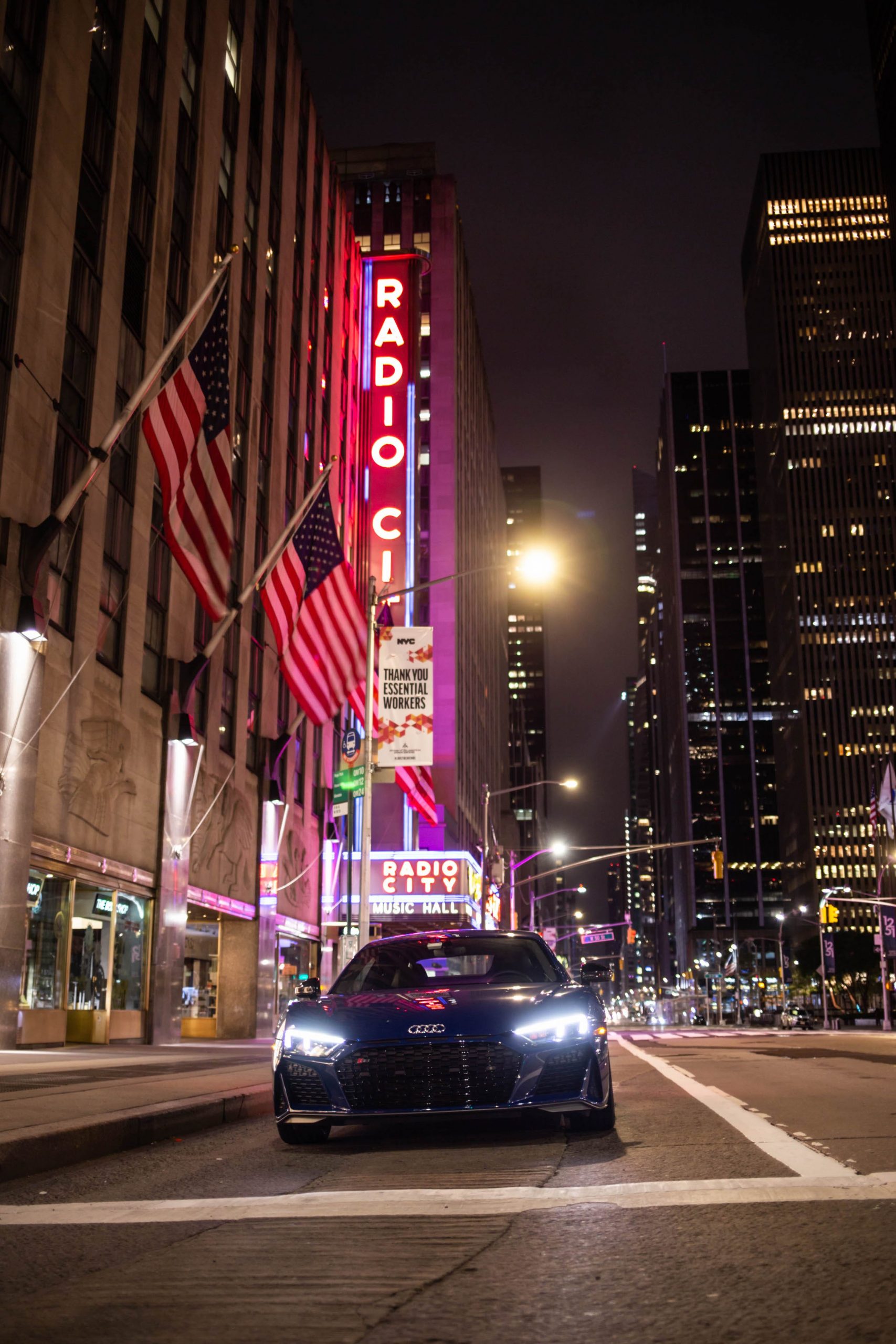
Kristen Lee
Still, I enjoyed my time in it. Crippling climate guilt aside, the R8 is objectively a wonderful, sheer force of a thing and that'll certainly age gracefully in the coming years. First-gen R8s already have.
Audi took a risk with the R8 and it paid off, allowing Audi to ride the R8 wave ever since. The current car is just sort of stuck in the past decade.
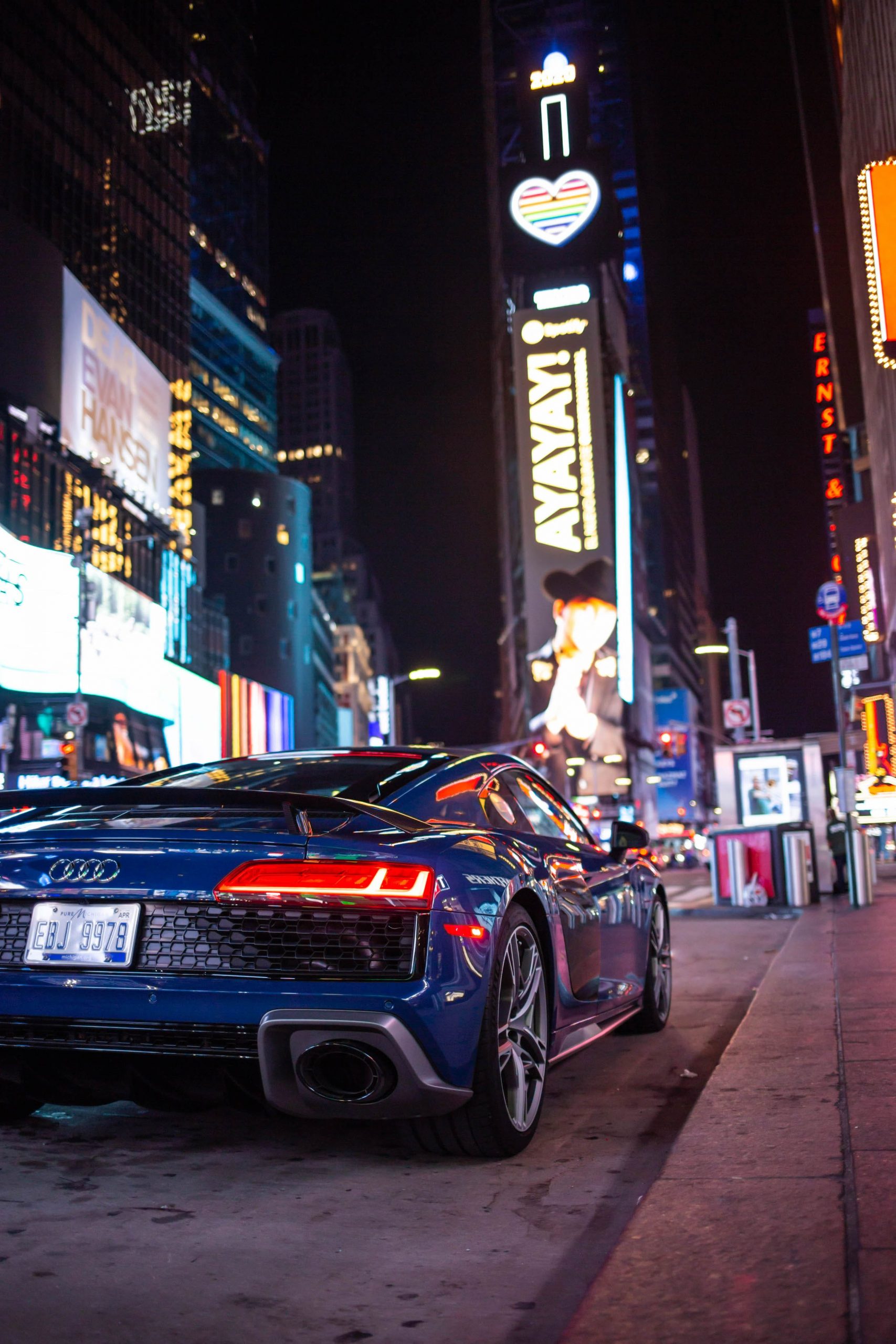
Kristen Lee
Whereas its competition has advanced, incorporating forced induction and hybridization all in the name of efficiency, the R8 still stubbornly resides in the year 2009 - where stuffing a V10 into a car was far more common. In those days, if you wanted 10 cylinders, you had the BMW M5 and M6, Audi S8, Dodge Viper, and Lexus LFA to choose from.
As the years went on and these cars were all either discontinued or downsized, the R8 and Huracán persevered. Their V10s are gifts of epic noise and addicting linear power delivery. Paired with stellar handling, driving the R8 feels so much rawer and more visceral than driving most other modern supercars.
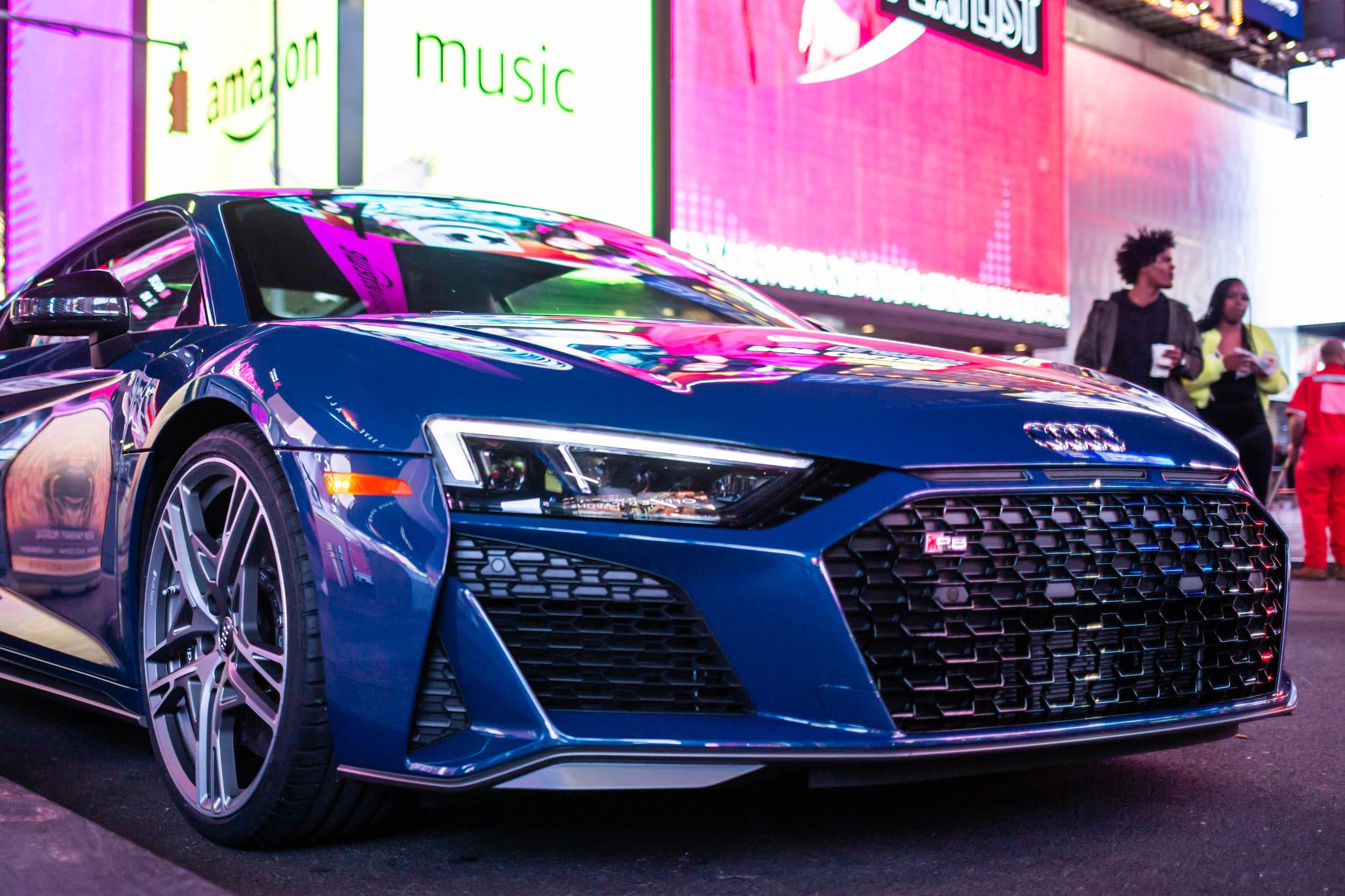
Kristen Lee
Turbochargers are more efficient, but they also button up an engine. Muffle it. Sometimes it takes driving something archaic to remind you of that.
I don't know how much longer cars like the R8 will stick around, what with tightening emissions regulations. But - as the last of the old guard - it'll be remembered when it goes.
♦♦♦
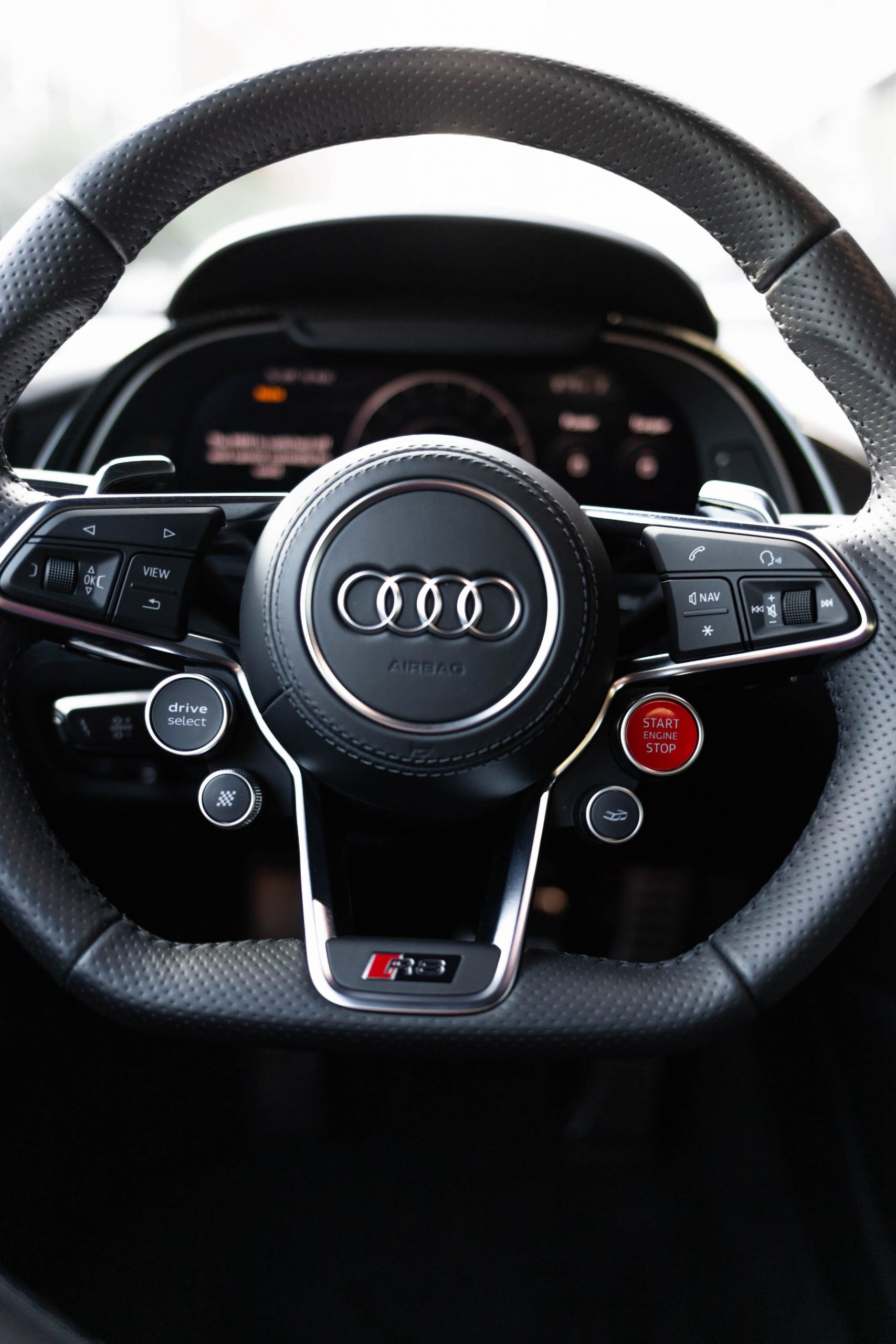
Kristen Lee
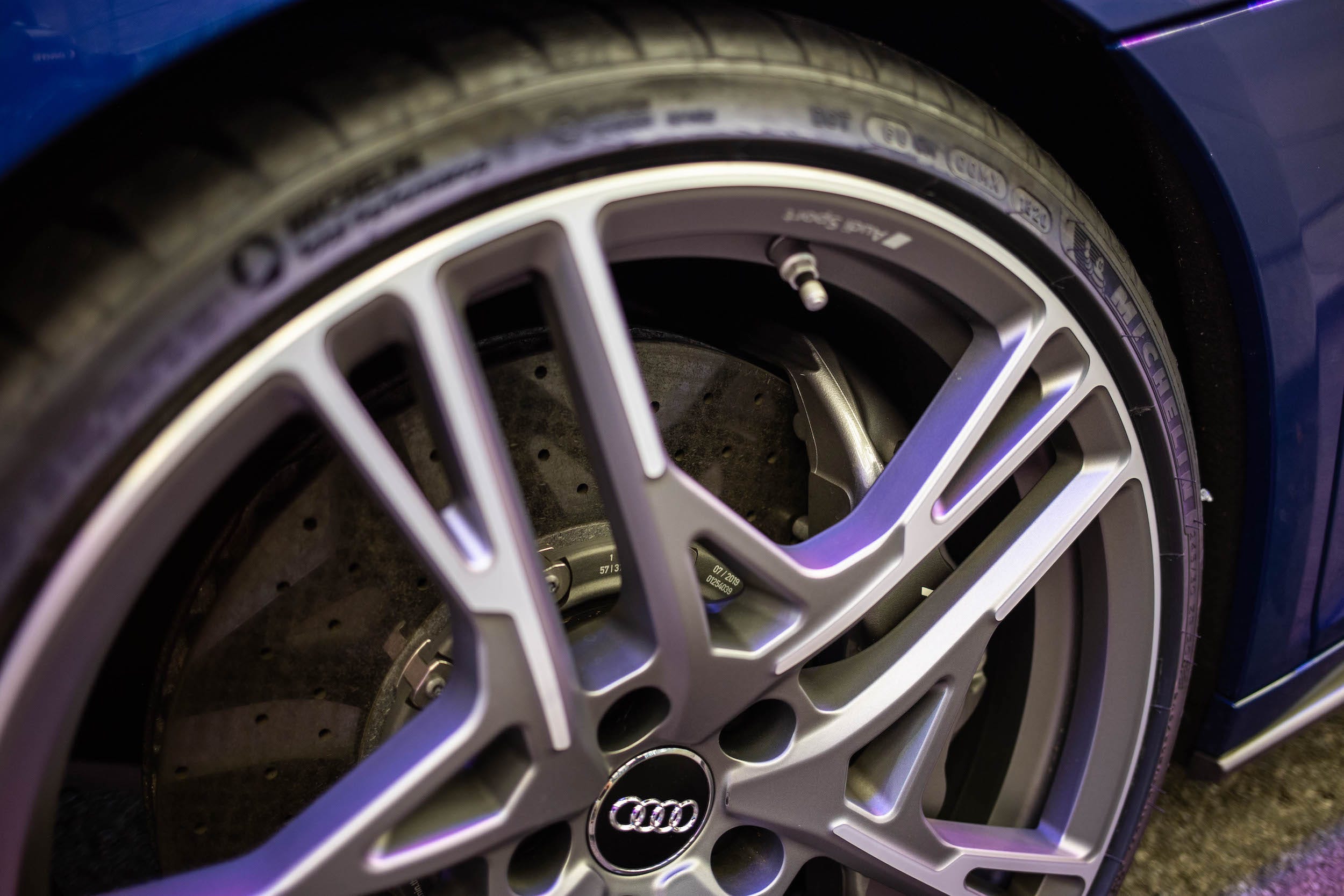
Kristen Lee
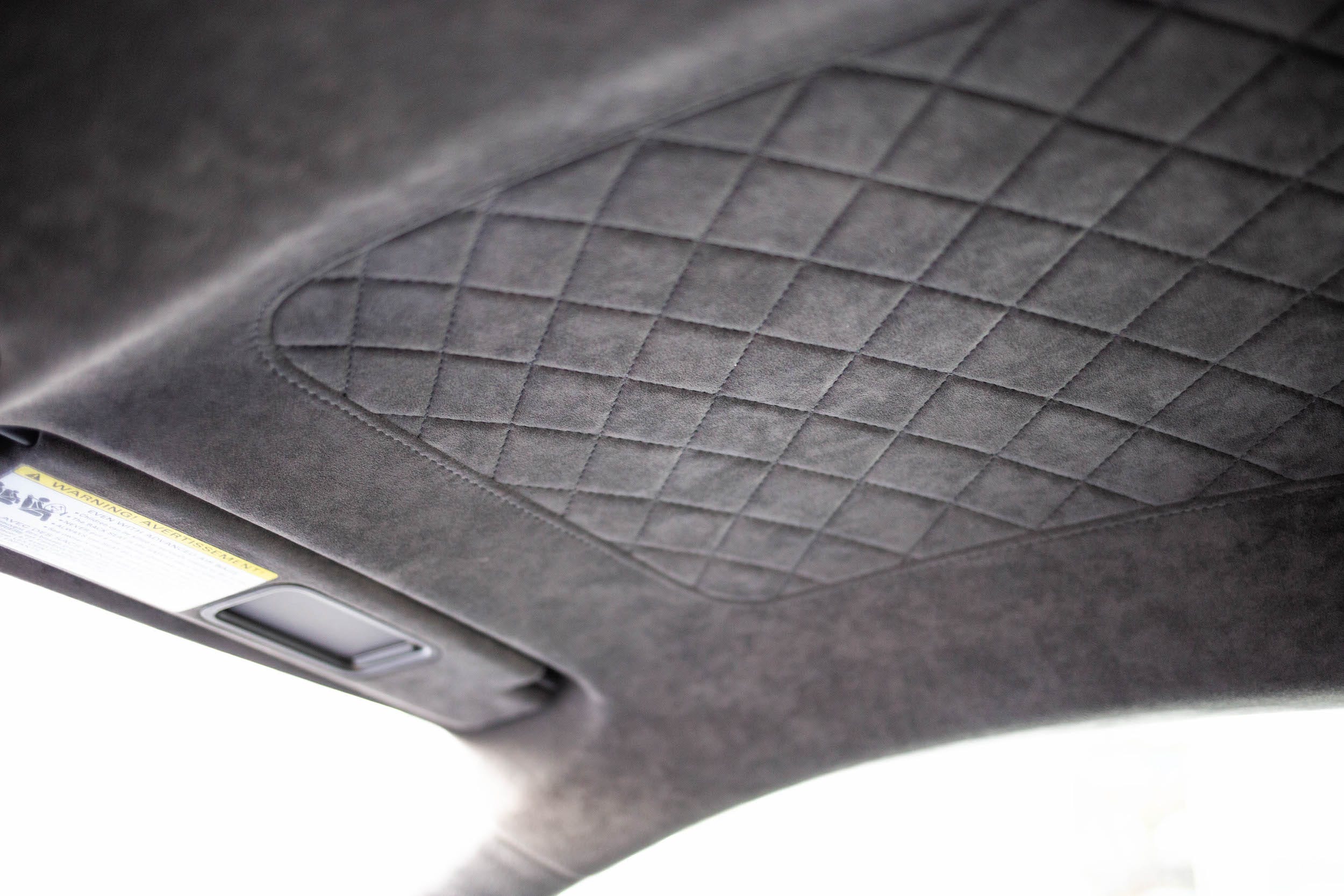
Kristen Lee
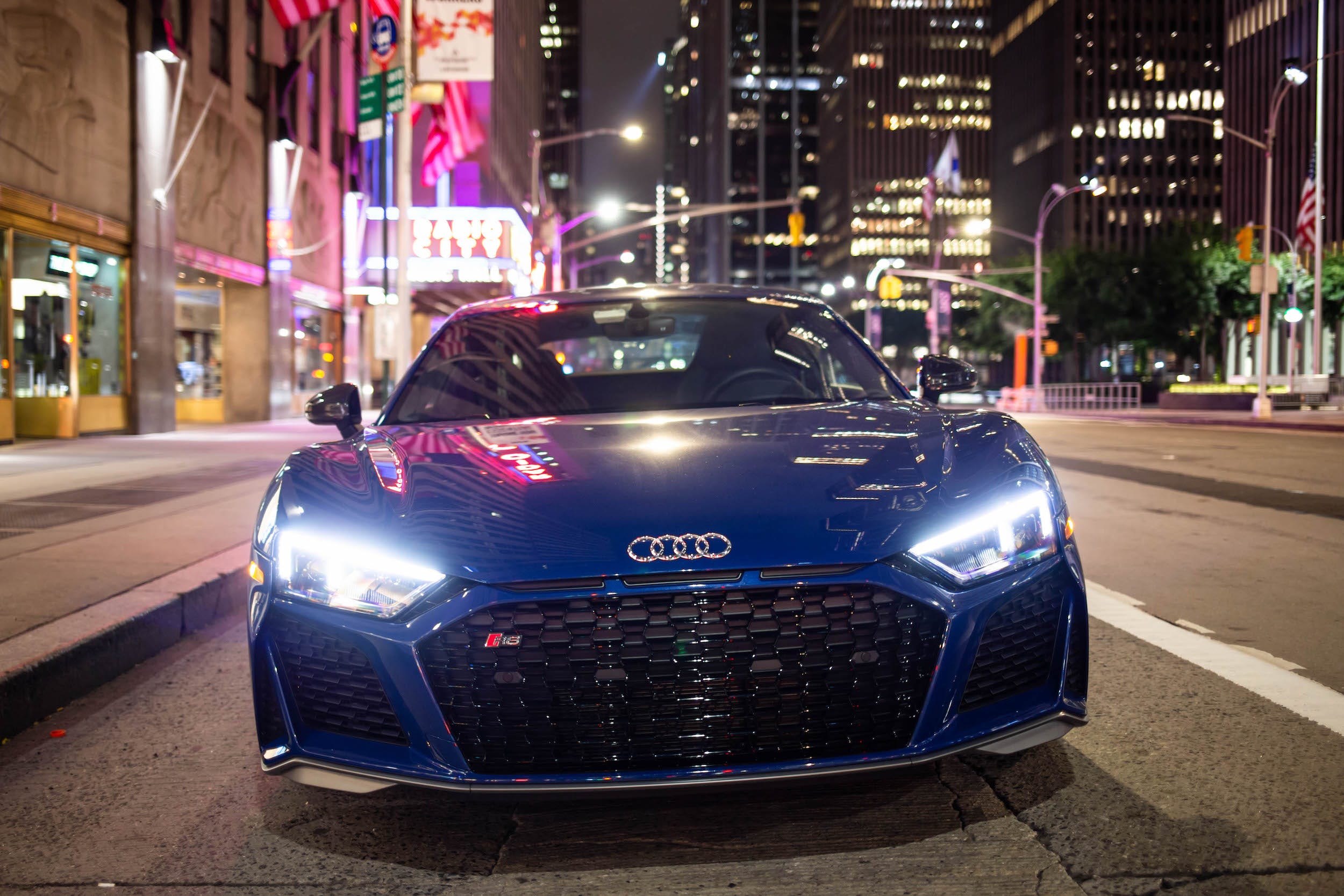
Kristen Lee
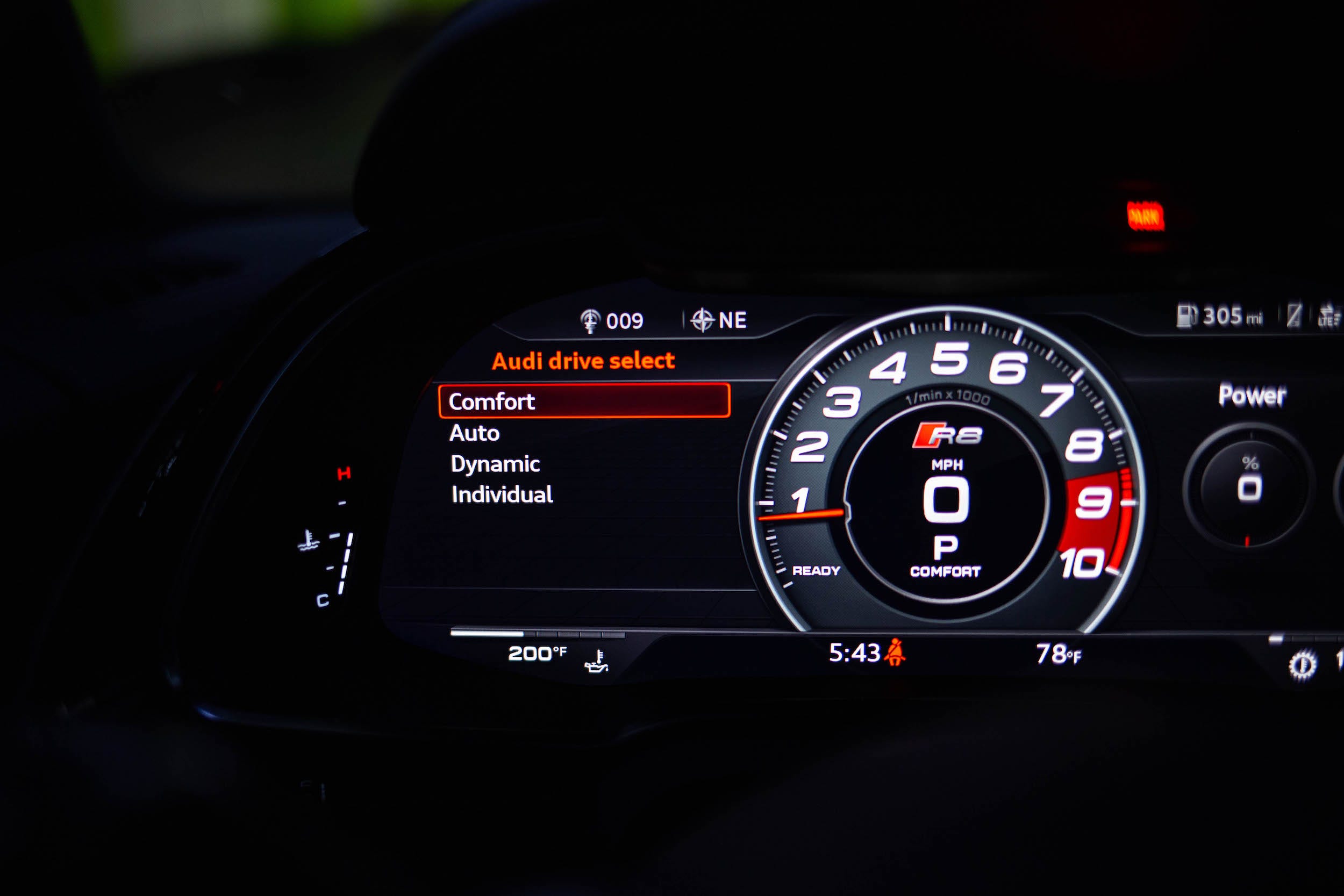
Kristen Lee
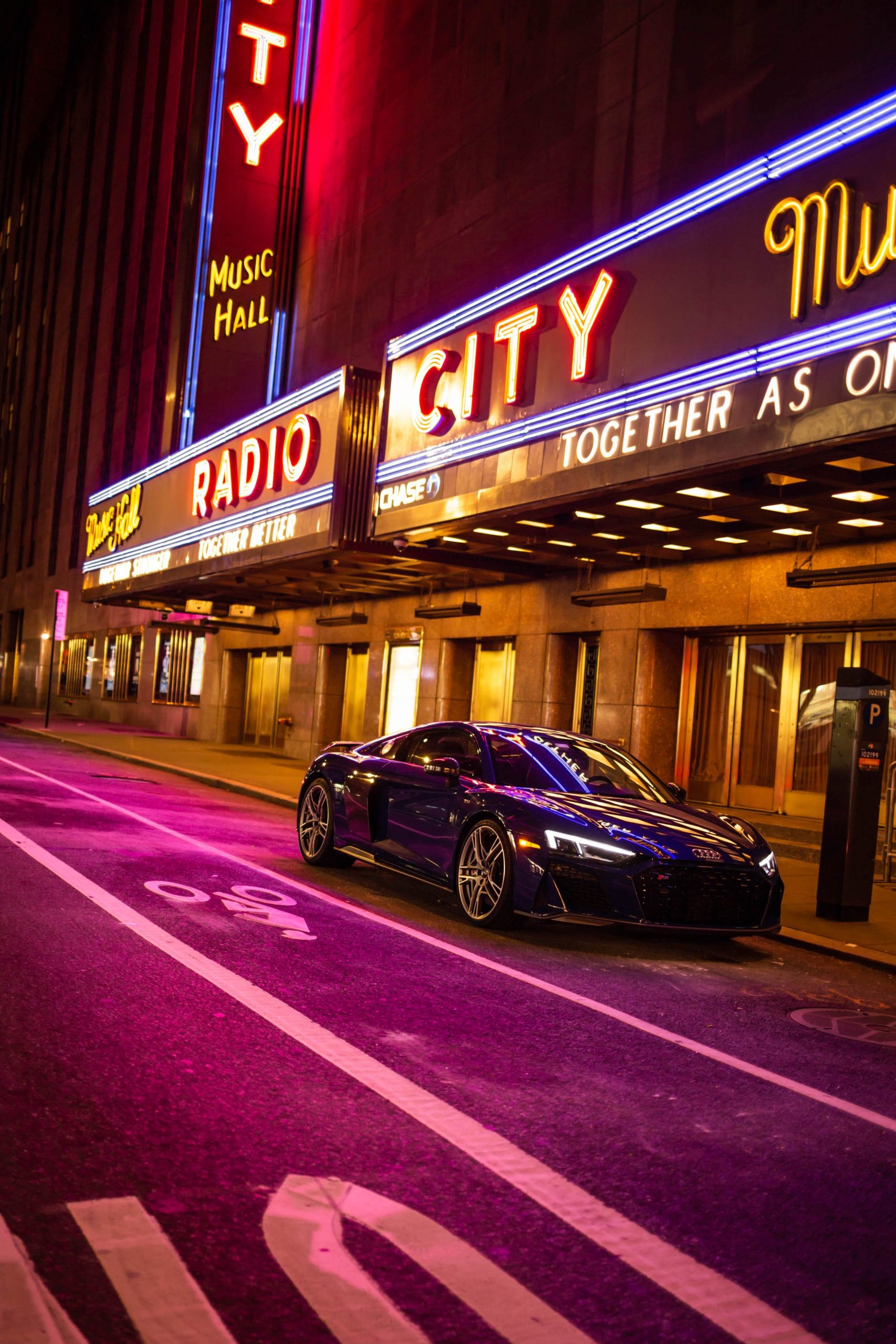
Kristen Lee
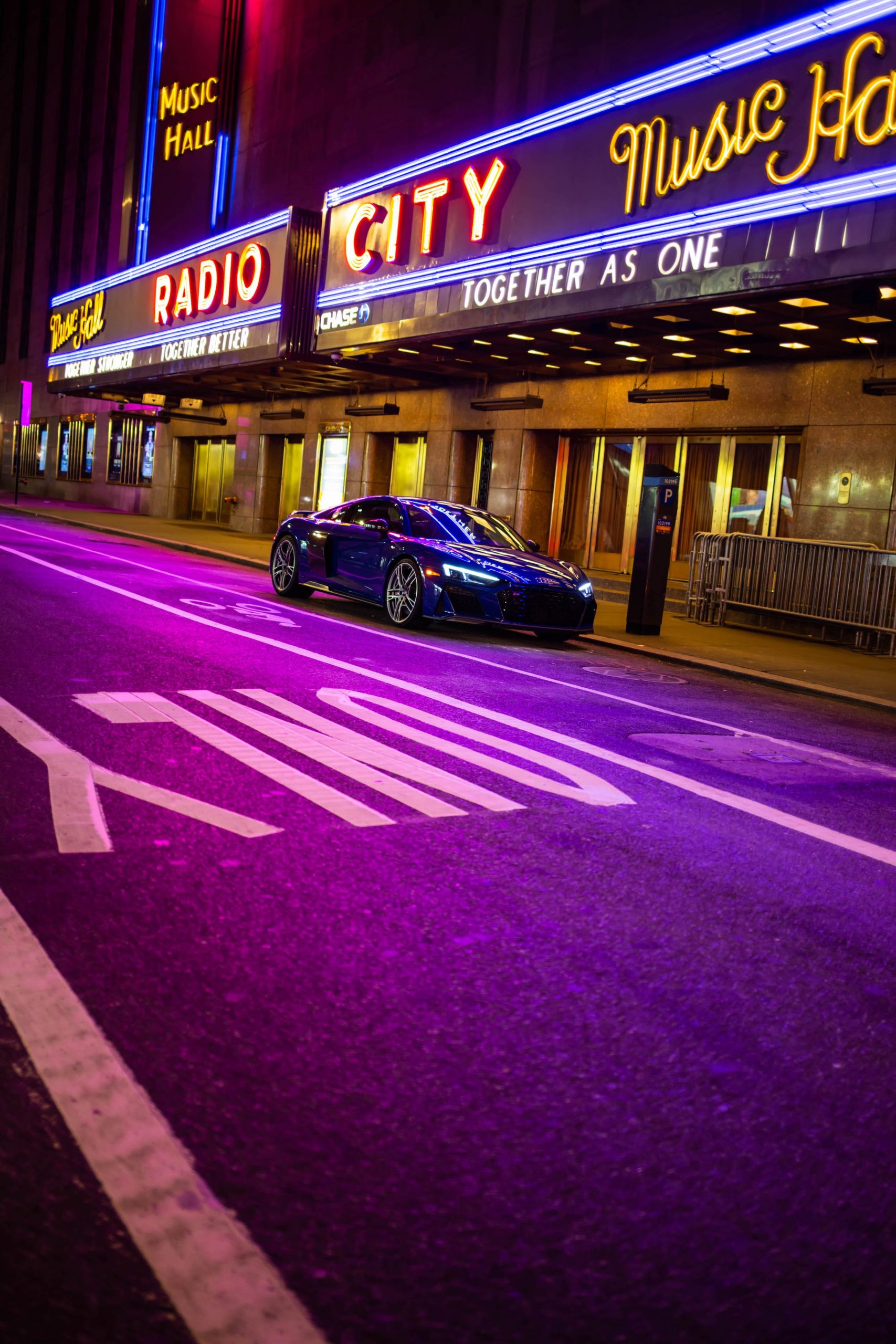
Kristen Lee
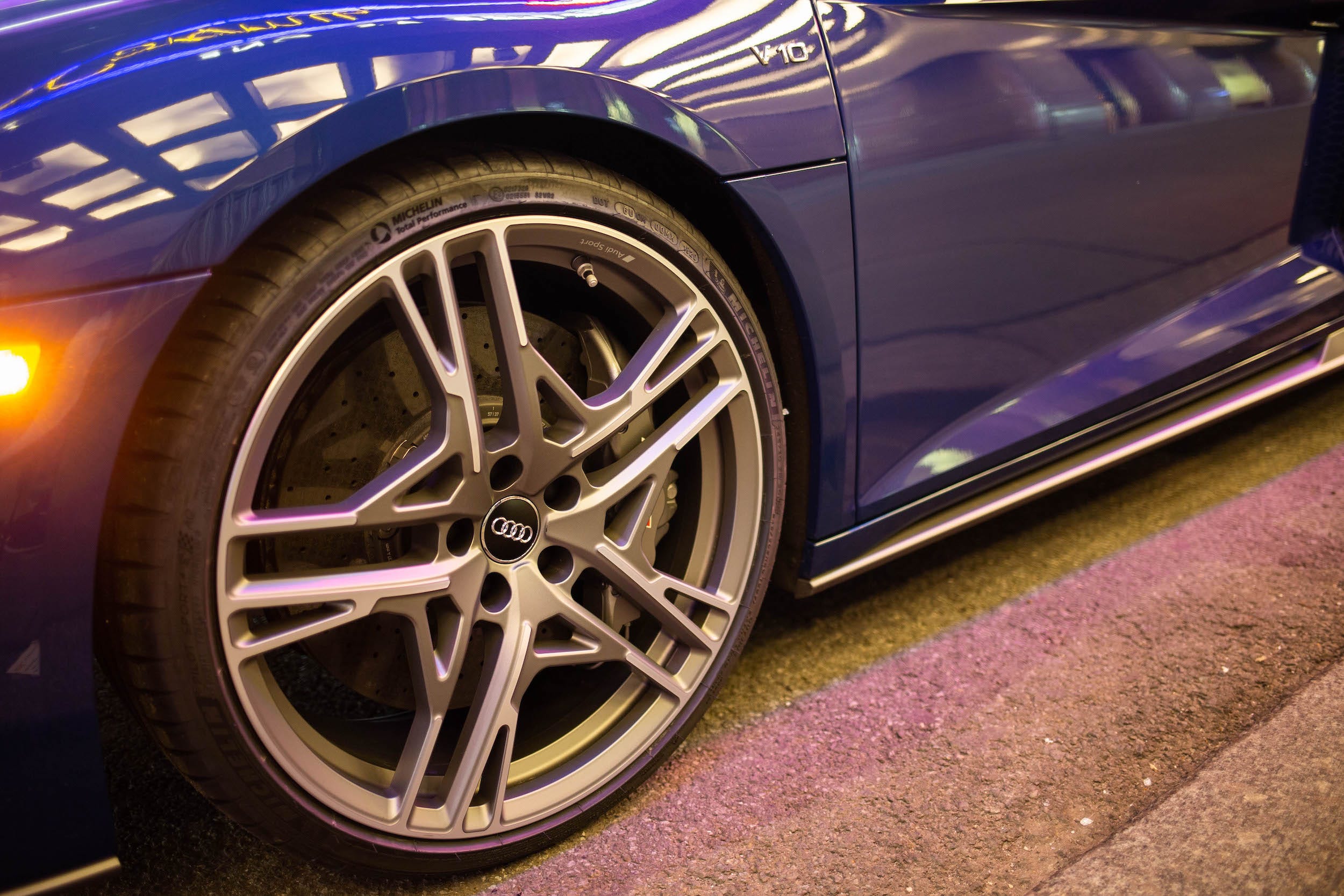
Kristen Lee
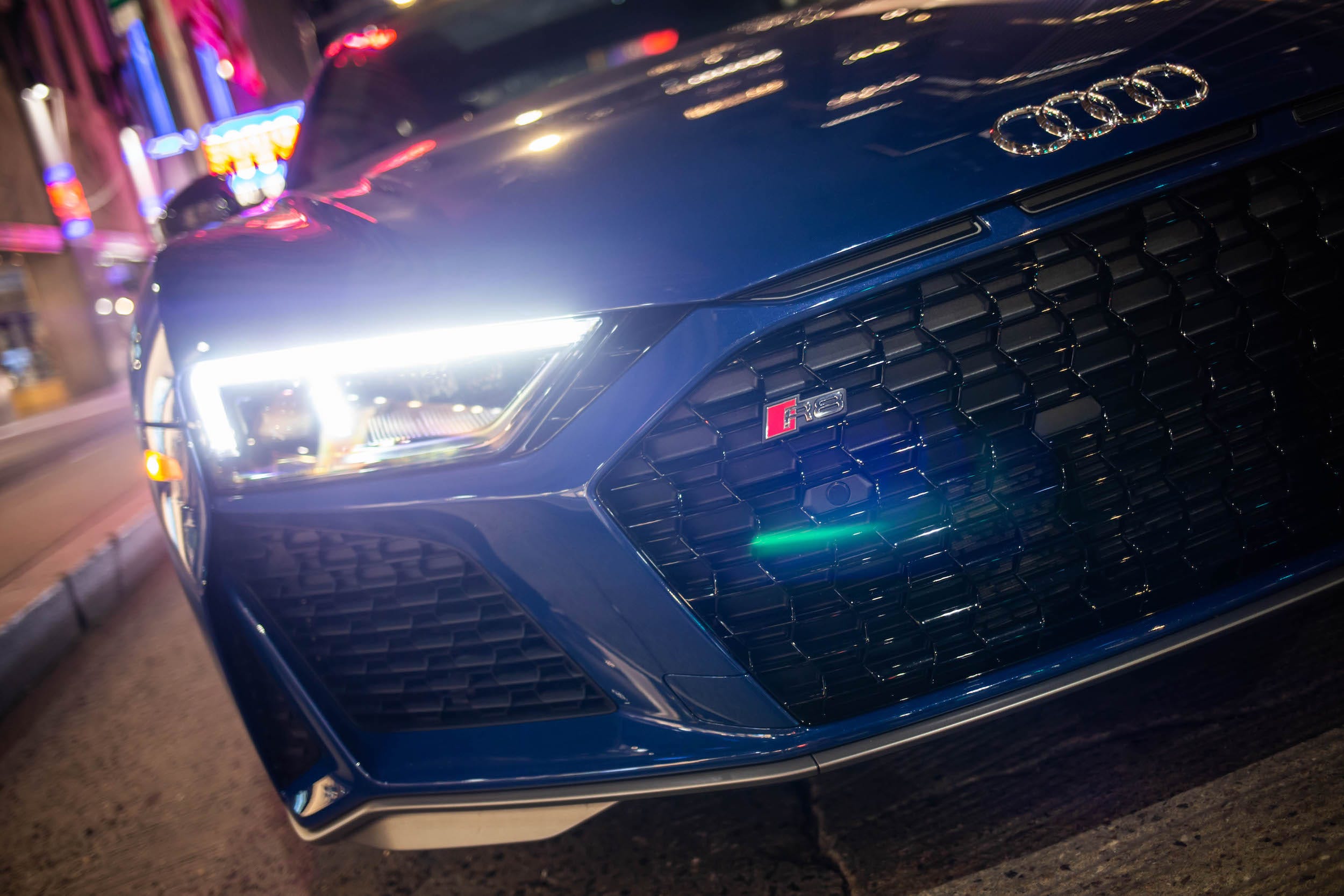
Kristen Lee
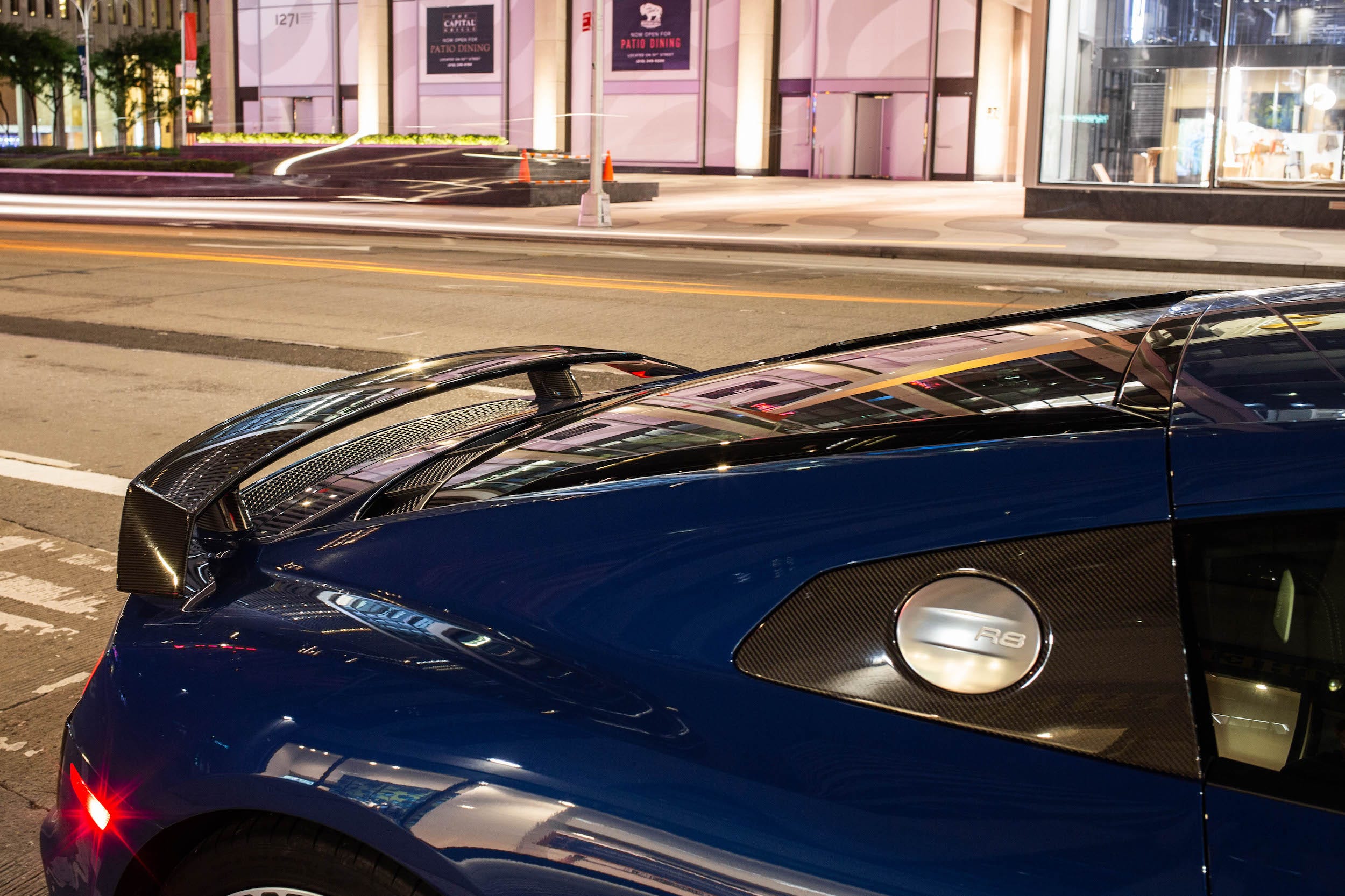
Kristen Lee
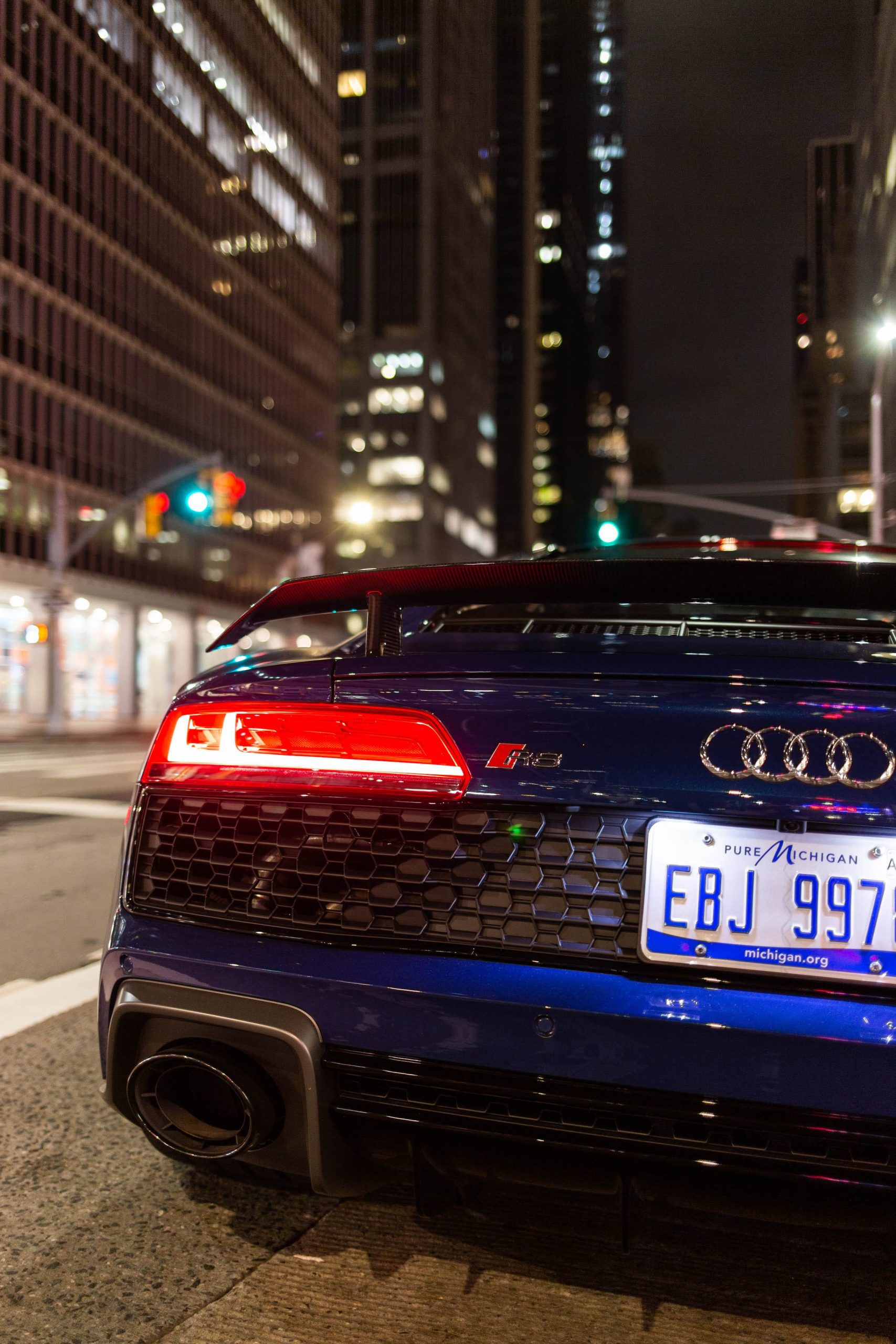
Kristen Lee
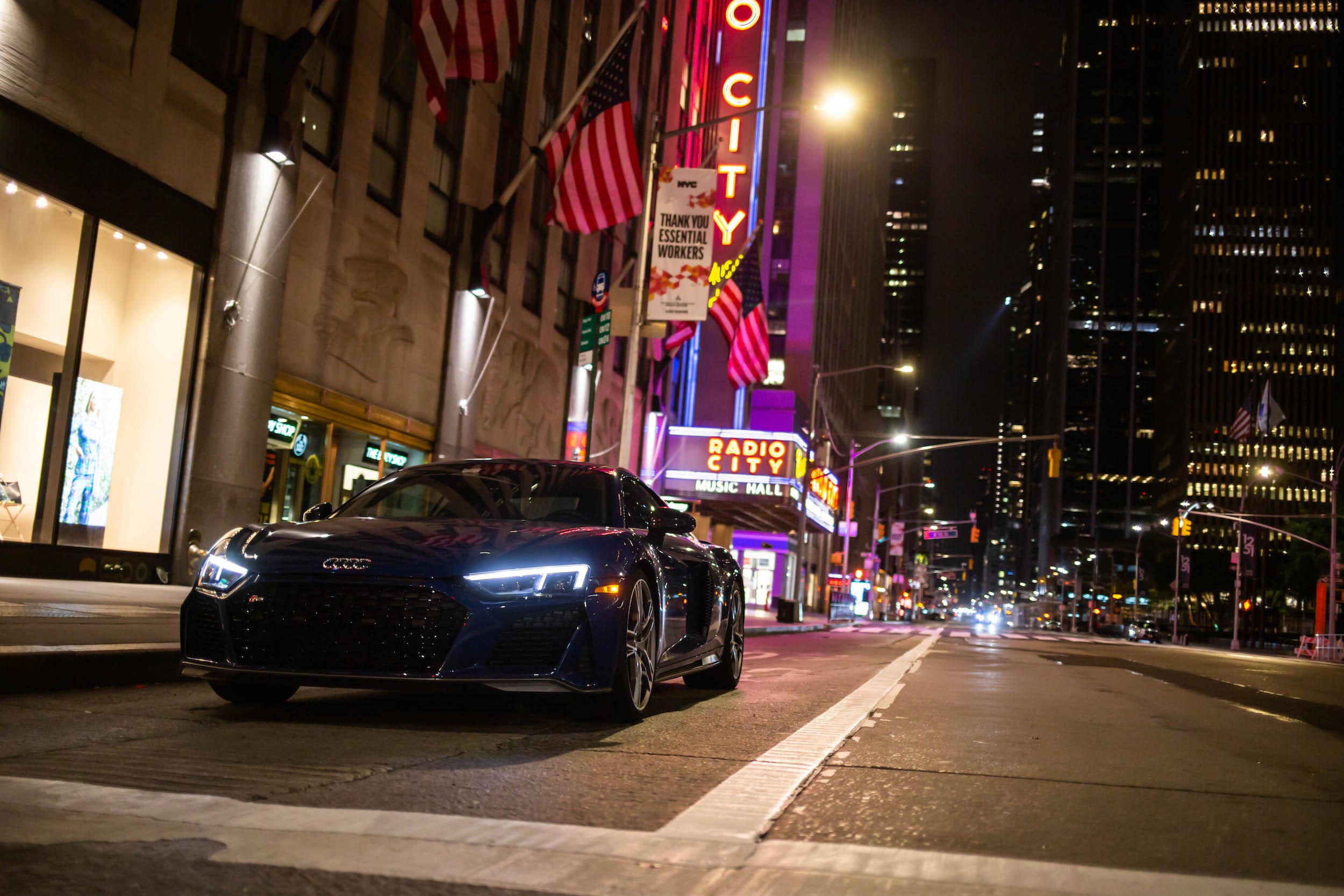
Kristen Lee
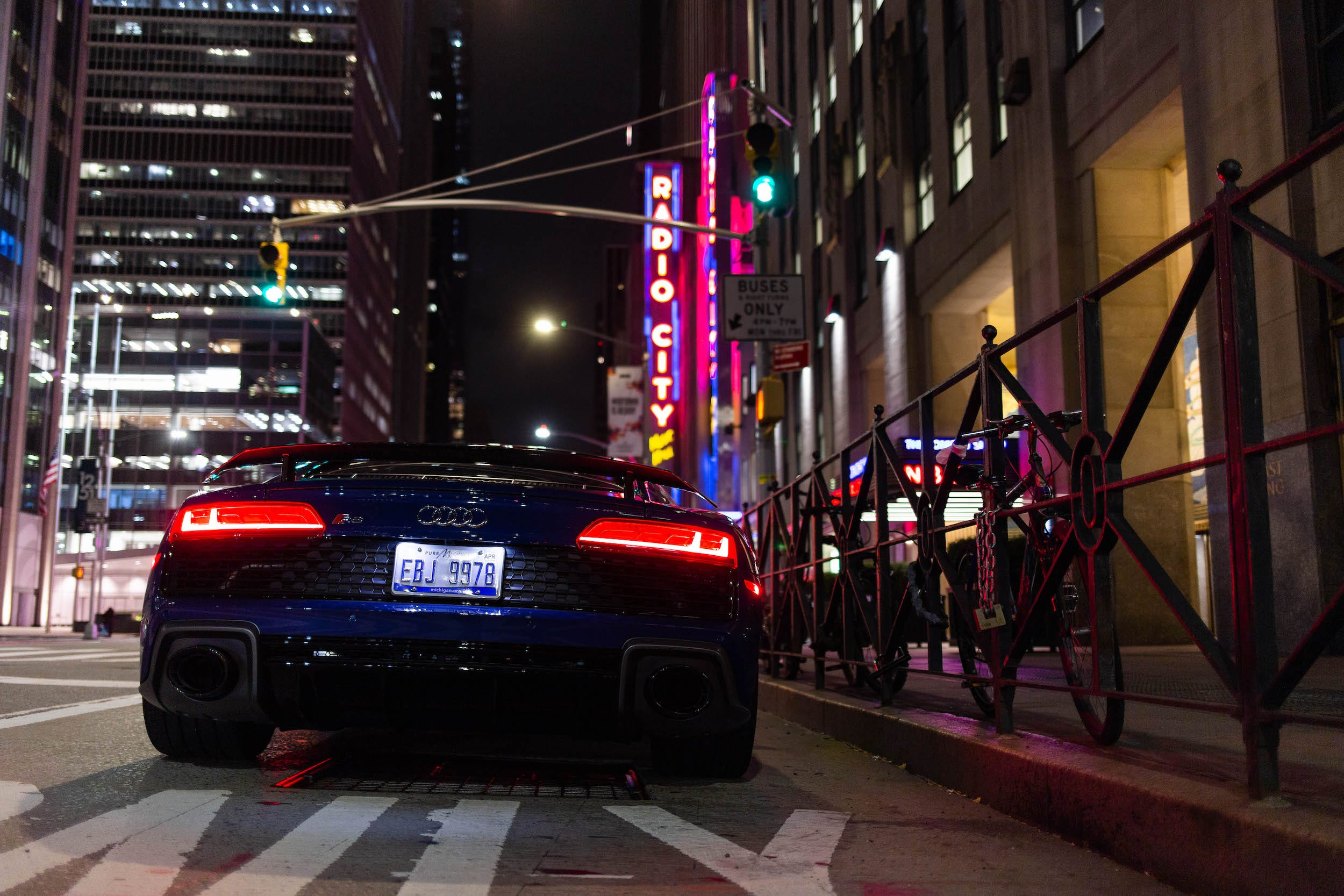
Kristen Lee
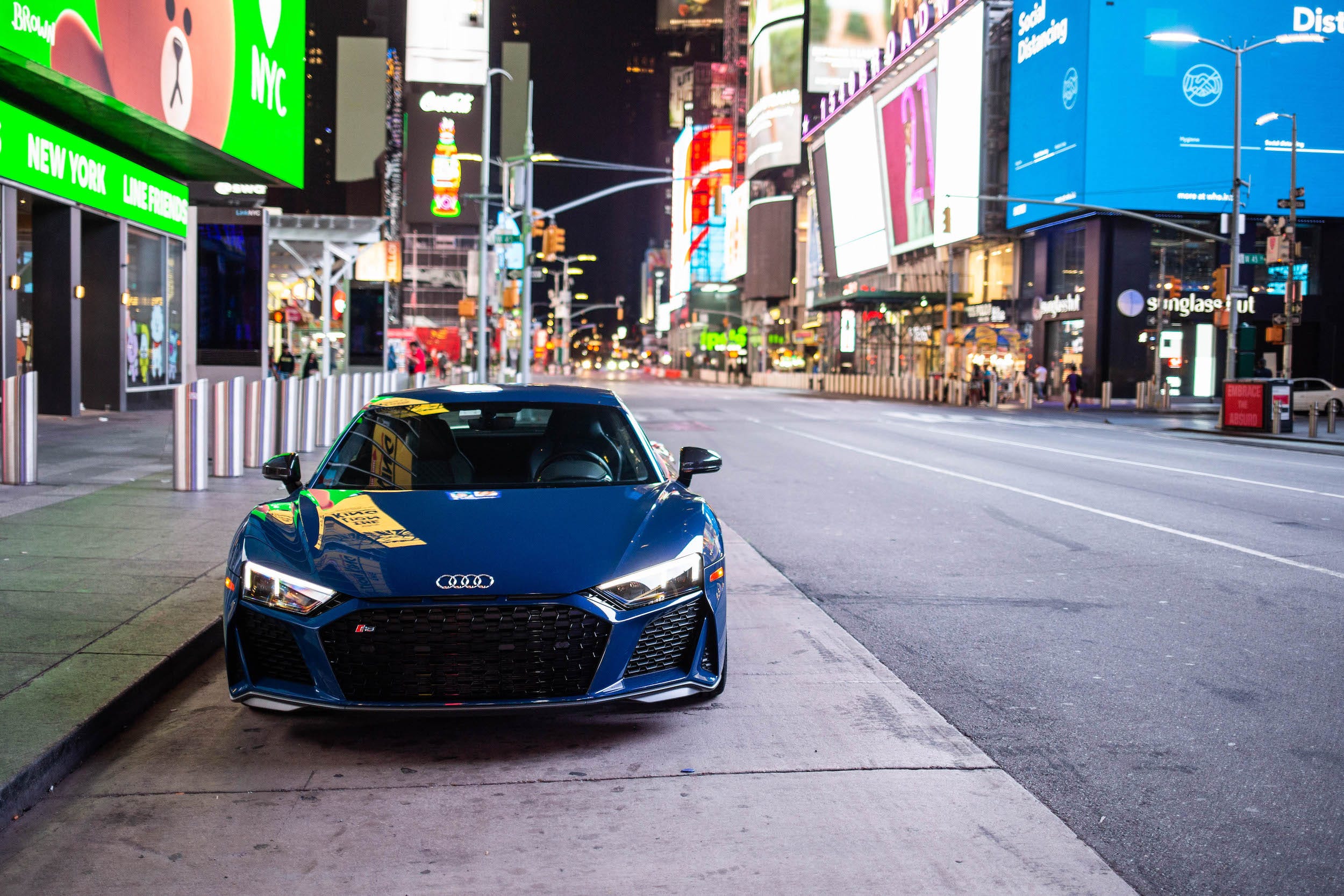
Kristen Lee
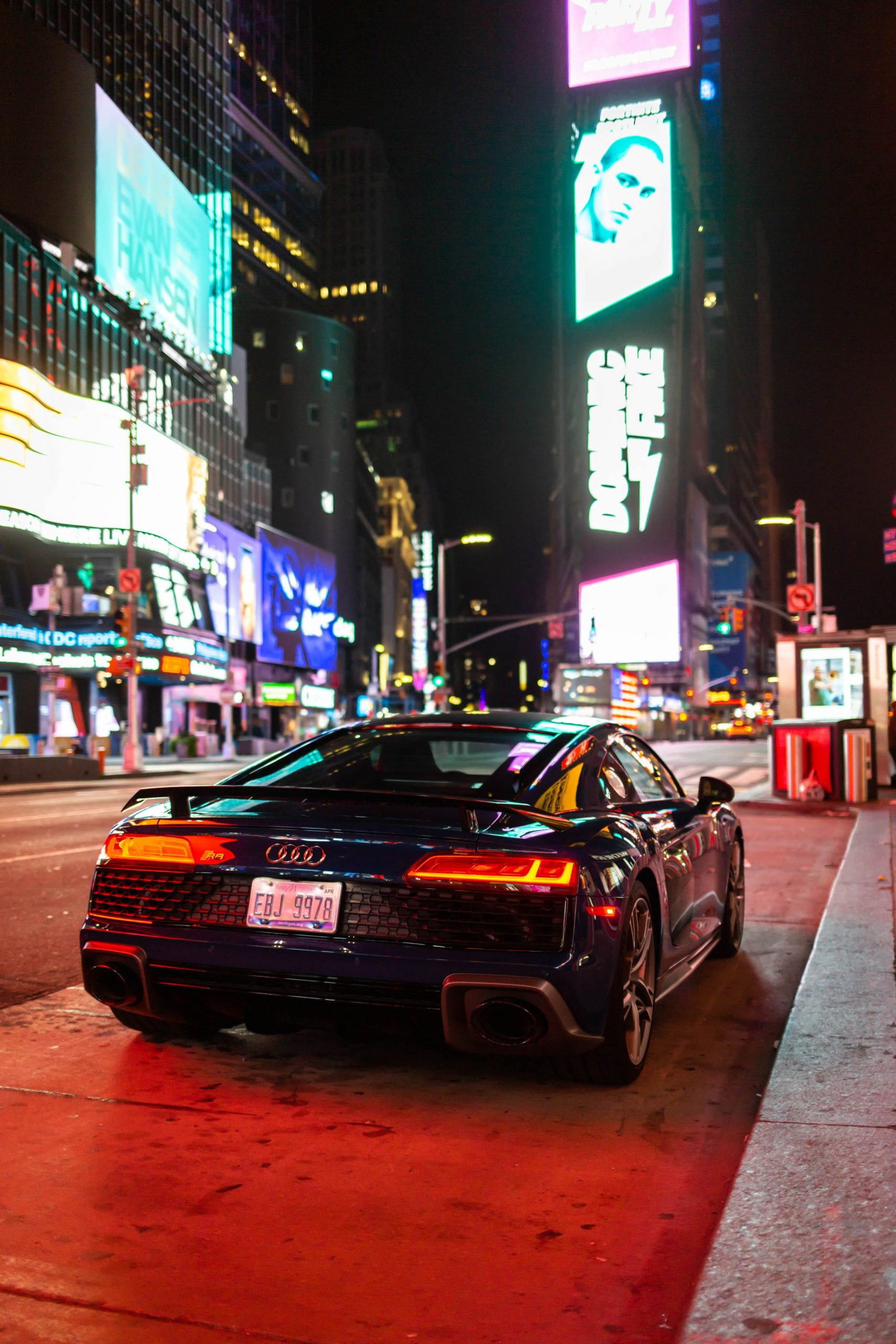
Kristen Lee
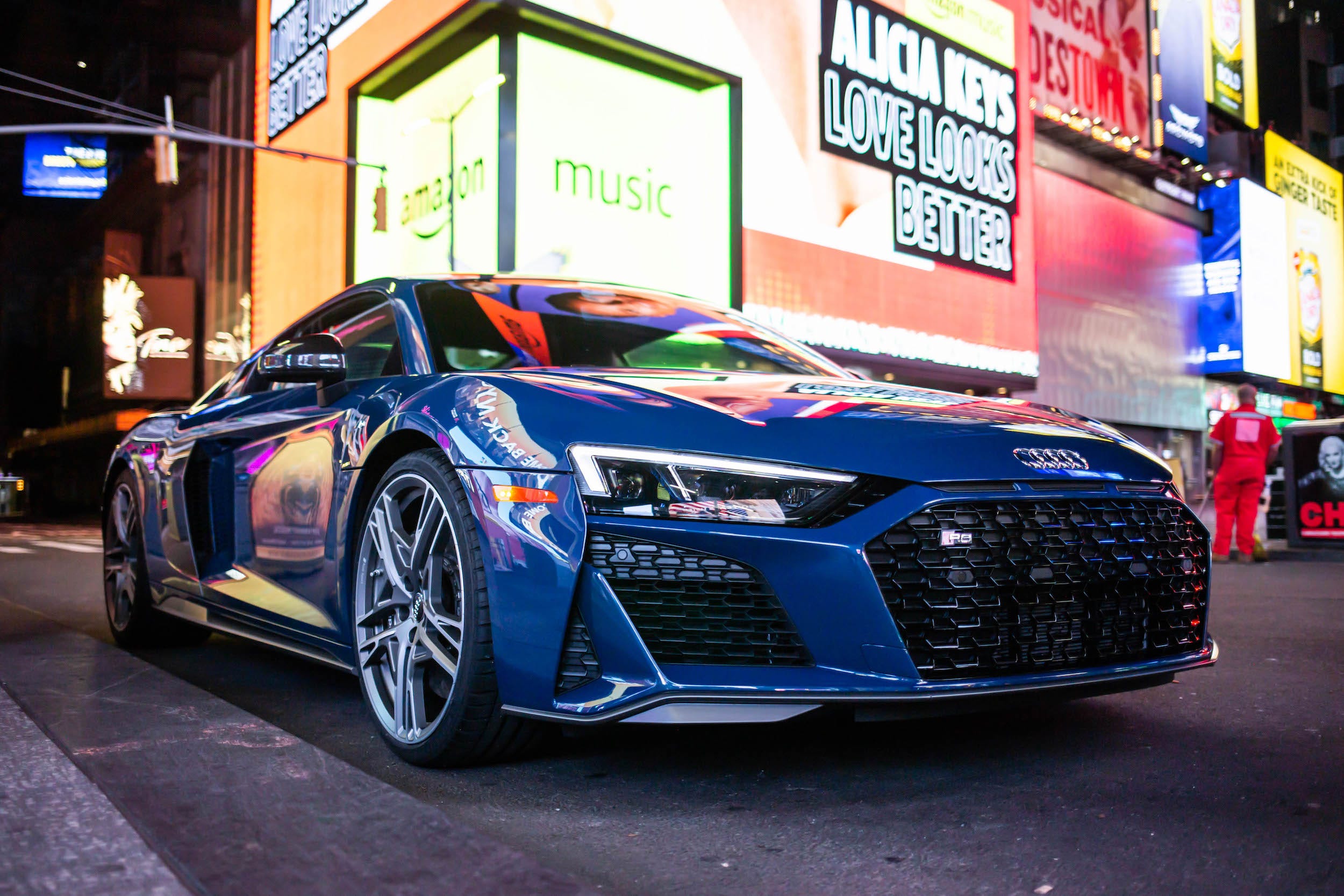
Kristen Lee
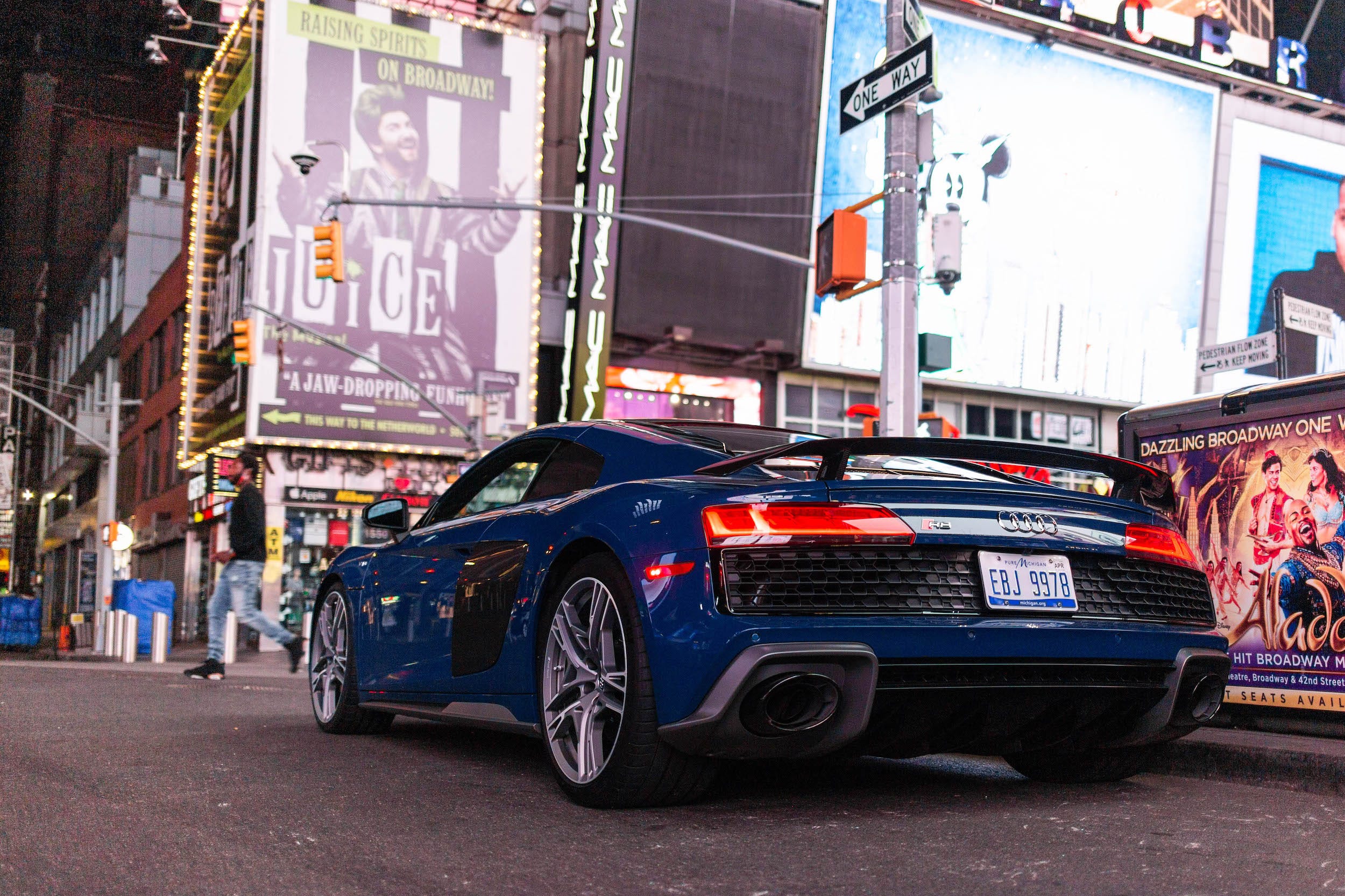
Kristen Lee
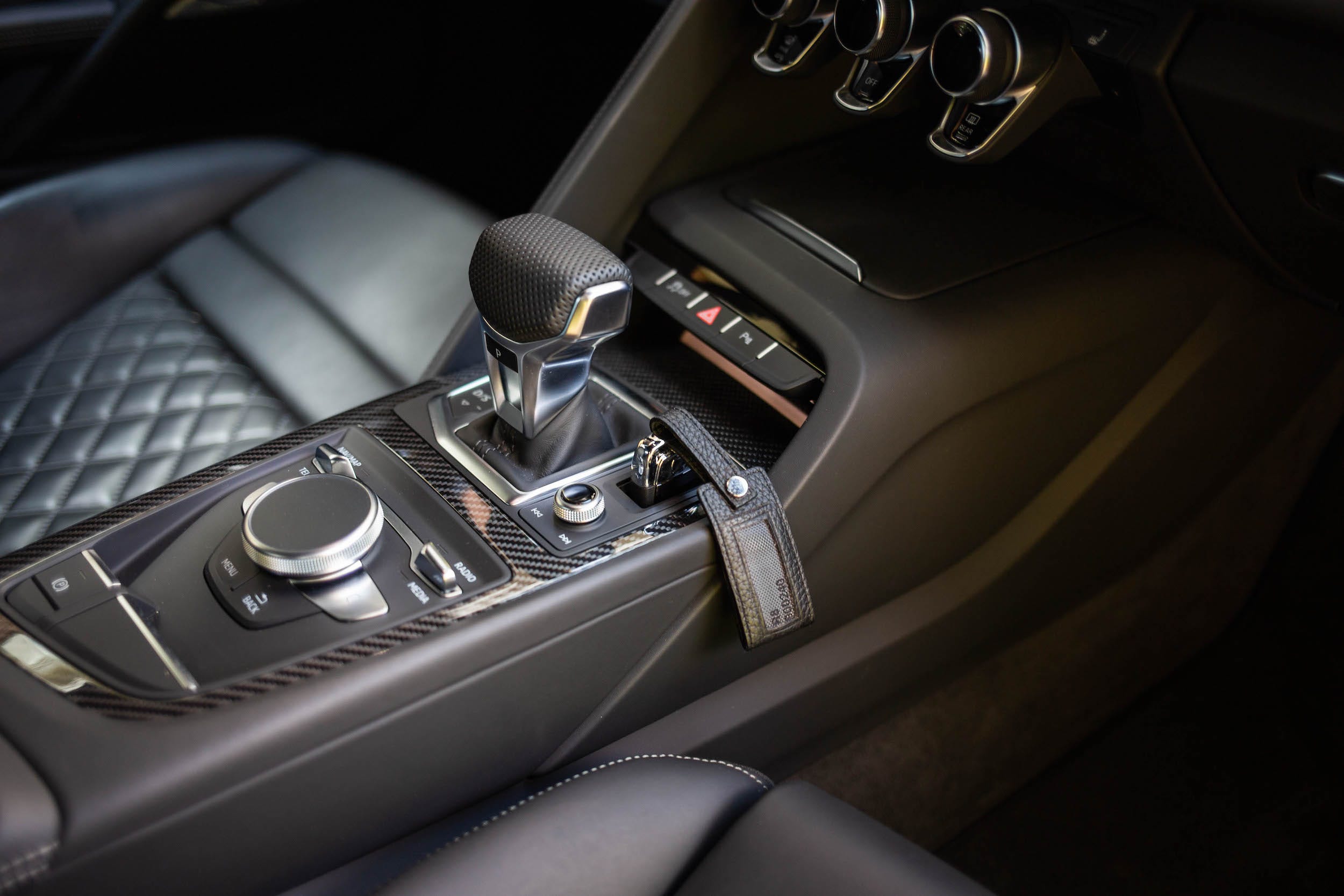
Kristen Lee
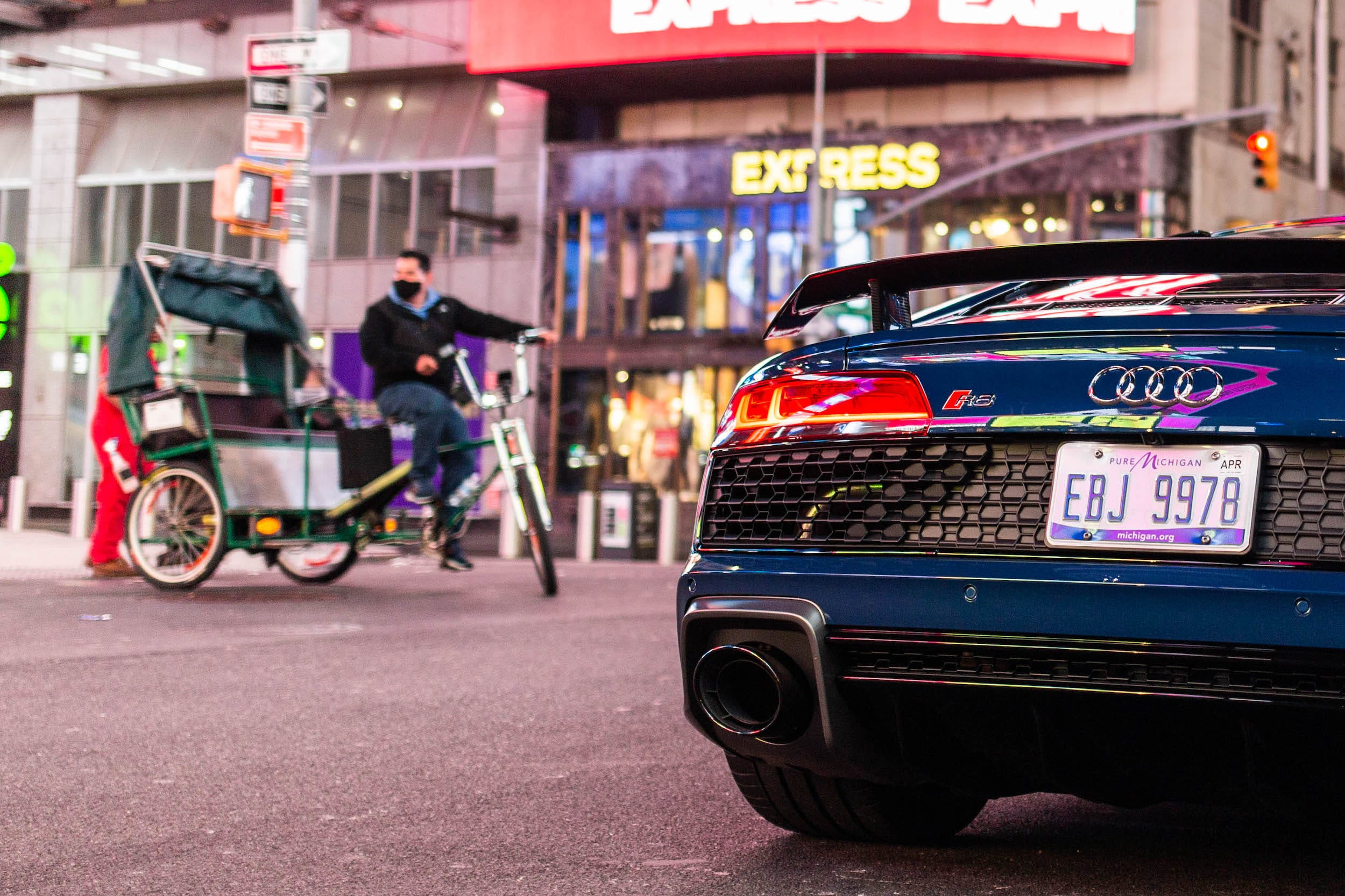
Kristen Lee
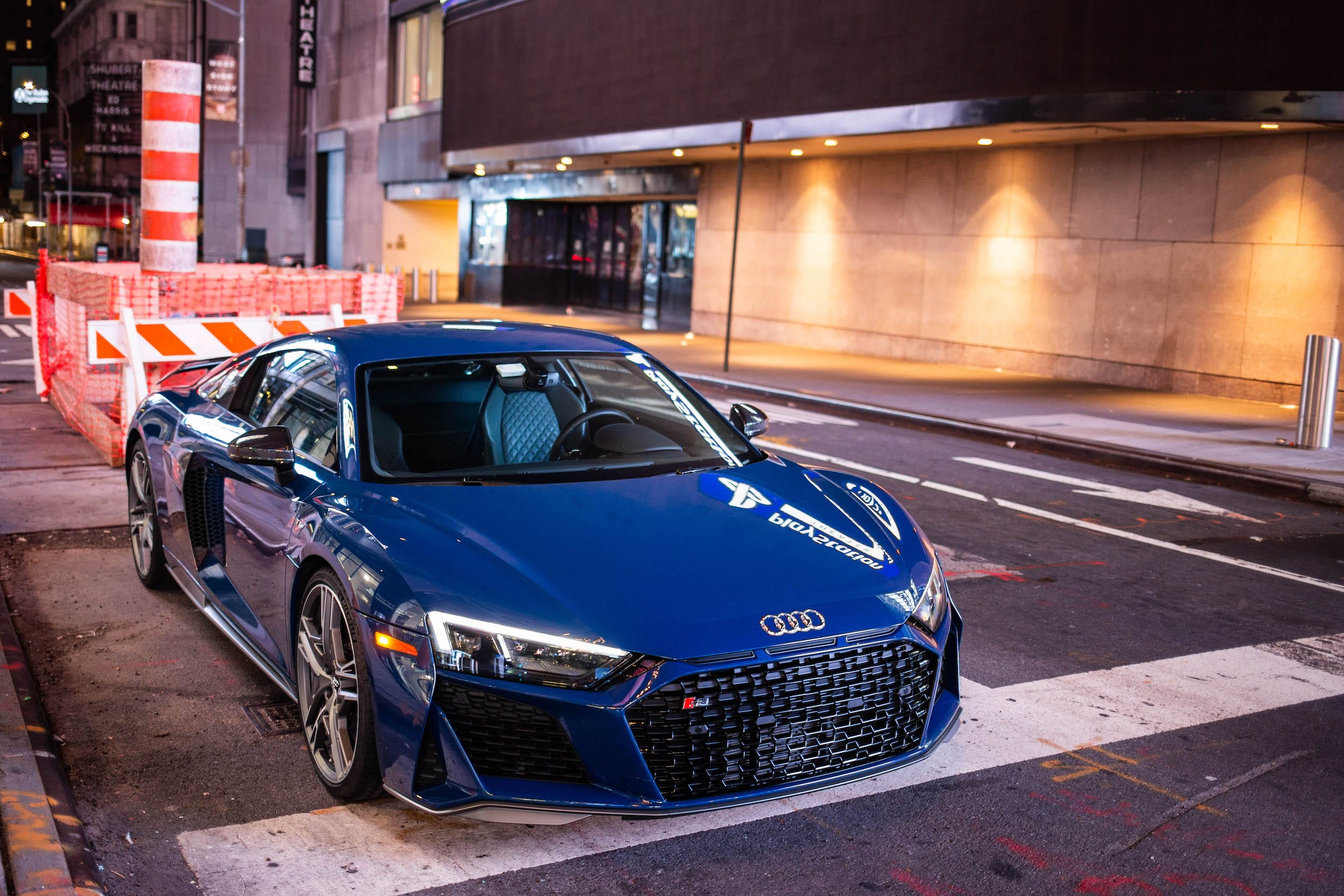
Kristen Lee

